Samsung Q70D performed in the test just as it should for its category – very well. The strongest points of the television are undoubtedly its efficiency when using a console and the colour reproduction after undergoing the calibration process. The former will certainly not allow gamers to remain indifferent to the range of benefits that Samsung Q70D can offer, and there are indeed many, including this almost exclusive feature for the manufacturer’s units – the ability to smooth out gameplay while maintaining a reasonable input lag, which allows titles running at 30 fps to perform like those at native 60 frames per second. In the context of gaming, one cannot forget the well-implemented HGIG mode, which, when correctly set up, is on par with games using Dolby Vision. One should also not overlook the ease of pairing the television with the Canal+ decoder, which is not such an obvious advantage, but we know that many people struggle with this issue. Staying on the topic of television, it must be acknowledged that the Samsung Q70D offers very good brightness in SDR materials for its price range, making daytime viewing more than comfortable. A downside for the tested television has to be the lack of Dolby Vision, which would have greatly enhanced the maximum brightness of the Samsung Q70D. One should also not overlook the construction flaws of the device, which may (though not necessarily) lead to light bleed, which can be noticed in dark conditions on less bright scenes. What cannot be taken away from Samsung Q70D is the fact that it features one of the better motion smoothing technologies in its price range, which works excellently in the context of sports events or fast-paced action scenes. The system that operates the television runs very smoothly, and the only complaint one might have is the lack of the Tidal app. In summary, the Samsung Q70D is a good continuation of the manufacturer's seventh series, which year after year gains – both in quality and popularity.
- Matching (Score)
- Our verdict
- TV appearance
- Where to buy
- Contrast and black detail
- HDR effect quality
- Factory color reproduction
- Color reproduction after calibration
- Smoothness of tonal transitions
- Image scaling and smoothness of tonal transitions
- Blur and motion smoothness
- Console compatibility and gaming features
- Input lag
- Compatibility with PC
- Viewing angles
- TV efficiency during daytime
- Details about the matrix
- TV features
- Apps
- Playing files from USB
- Sound
Samsung QLED Q70D / Q74D / Q77D vs Philips PUS8500
Direct compare
Q70D / Q74D / Q77D
PUS8500 / PUS8560 / PUS8510 / PUS8600

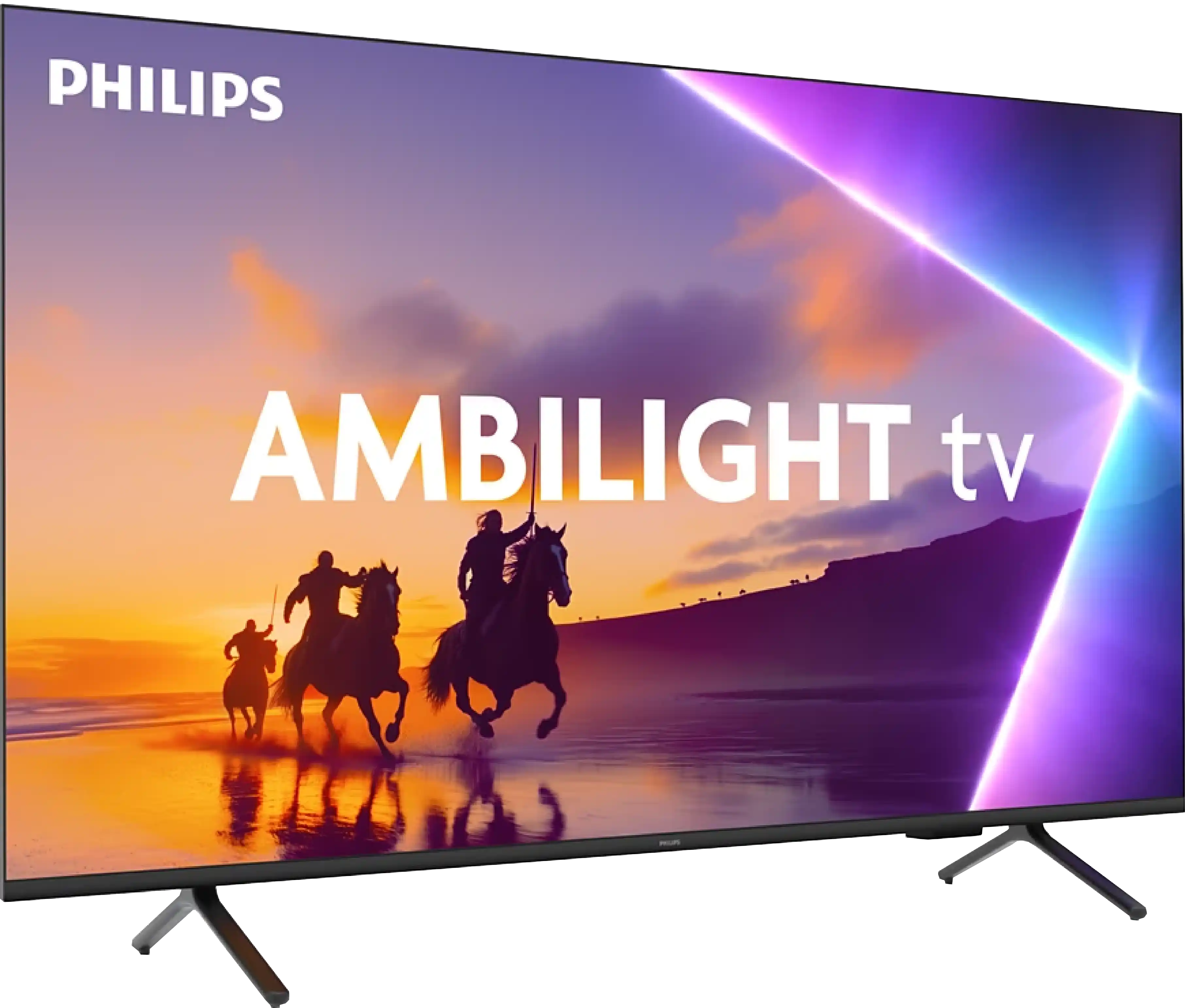
Panel type: LCD VA
Resolution: 3840x2160
System: Tizen
Model year: 2024
Complete the survey to find out the result

Panel type: LCD VA
Resolution: 3840x2160
System: Titan OS
Model year: 2025
Complete the survey to find out the result

Overall rating
6.7
5.6
Movies and series in UHD quality
6.1
5.4
Classic TV, YouTube
6.0
6.1
Sports broadcasts (TV and apps)
6.5
5.2
Gaming on console
8.7
6.7
TV as a computer monitor
8.0
5.6
Watching in bright light
5.4
4.9
Utility functions
7.2
4.9
Apps
8.7
4.6
Sound quality
6.3
6.2
Complete the survey to find out what fits your preferences
Advantages
Excellent performance with consoles and computers
Colour reproduction after calibration
Very good performance in sports - advanced motion smoothing system
Smooth and trouble-free operation of the Tizen system
Very good tonal transition quality in this budget
Ambilight System
High native contrast - VA panel
Low input lag
Basic gaming features: ALLM and VRR
Full support for audio formats: Dolby Atmos and DTS
Backlit remote control with numeric keypad
Disadvantages
Possible noticeable light leaks
Dolby Vision support not available
Average panel brightness
The TitanOS system seems unfinished (some features do not work, missing applications)
Infrared remote control
Issues with font readability (PC)
Our verdict
Ambilight, as this is what we need to start with, is the biggest reason why it's worth buying the PUS8500. The three-sided backlighting of the television looks fantastic, especially in the evening. It creates an atmosphere, masks contrast shortcomings, and makes watching a film simply more enjoyable. Even if the black levels aren't perfect, the native VA panel offers decent performance at high contrast. Additionally, there’s quite a good input lag and several features for gamers such as ALLM and VRR. Although HDMI 2.1 and a 120Hz panel are absent, playing casually should be a pleasure. Especially since it feels responsive and without delays. Let’s also mention the full support for audio formats – both Dolby Atmos and DTS are included, so soundbar owners can also rejoice.
However, we won't sugarcoat it – this is still a budget television, and at times it’s clearly evident. The brightness is average – not weak enough to prevent viewing, but on an exceptionally sunny day, watching without curtains can be problematic. Nevertheless, in our opinion, the biggest disappointment of the PUS8560 is the Titan OS operating system. Despite the fact that the system debuted some time ago, certain functions simply refused to work – for instance, screen mirroring from a phone despite the manufacturer claiming that such a feature is present. There are fewer apps than in the competition, and the system itself operates rather clumsily. Generally, while it does have some features, it evidently lacks refinement.
Of course, this isn’t a television meant to compete with top models. But if someone is looking for something simple, with a great atmosphere provided by the Ambilight system, it is quite a fair proposition. You just have to know what to expect and accept the numerous compromises present here.
TV appearance




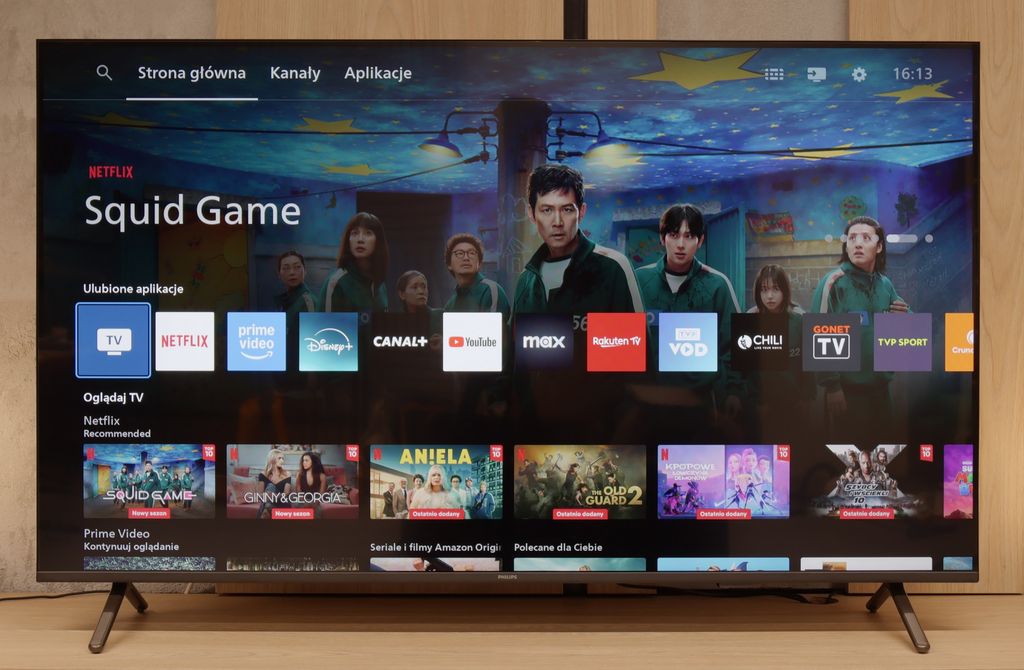
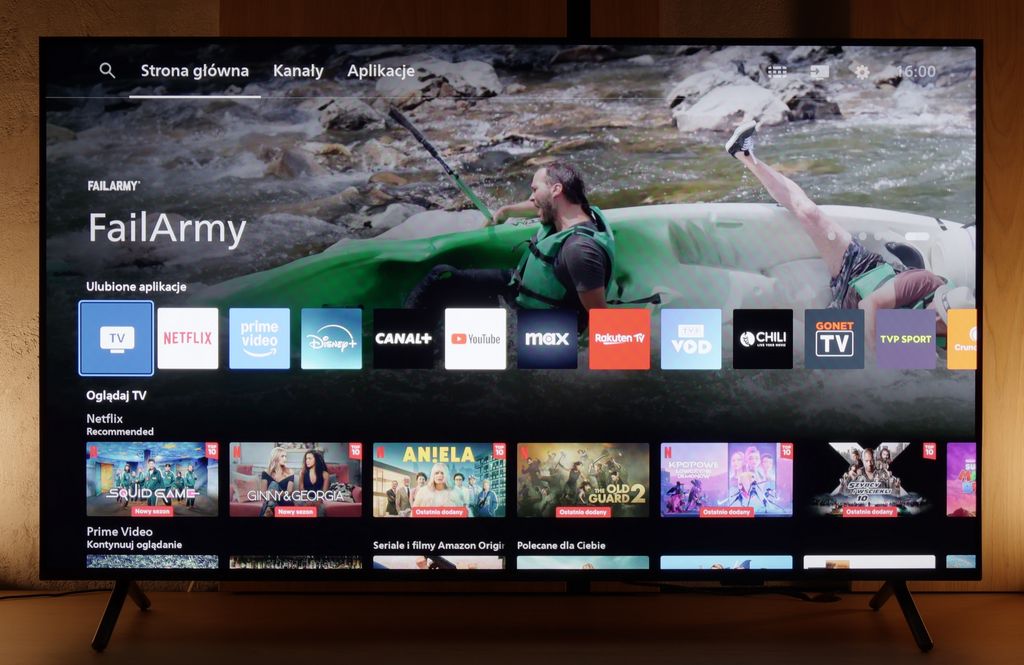
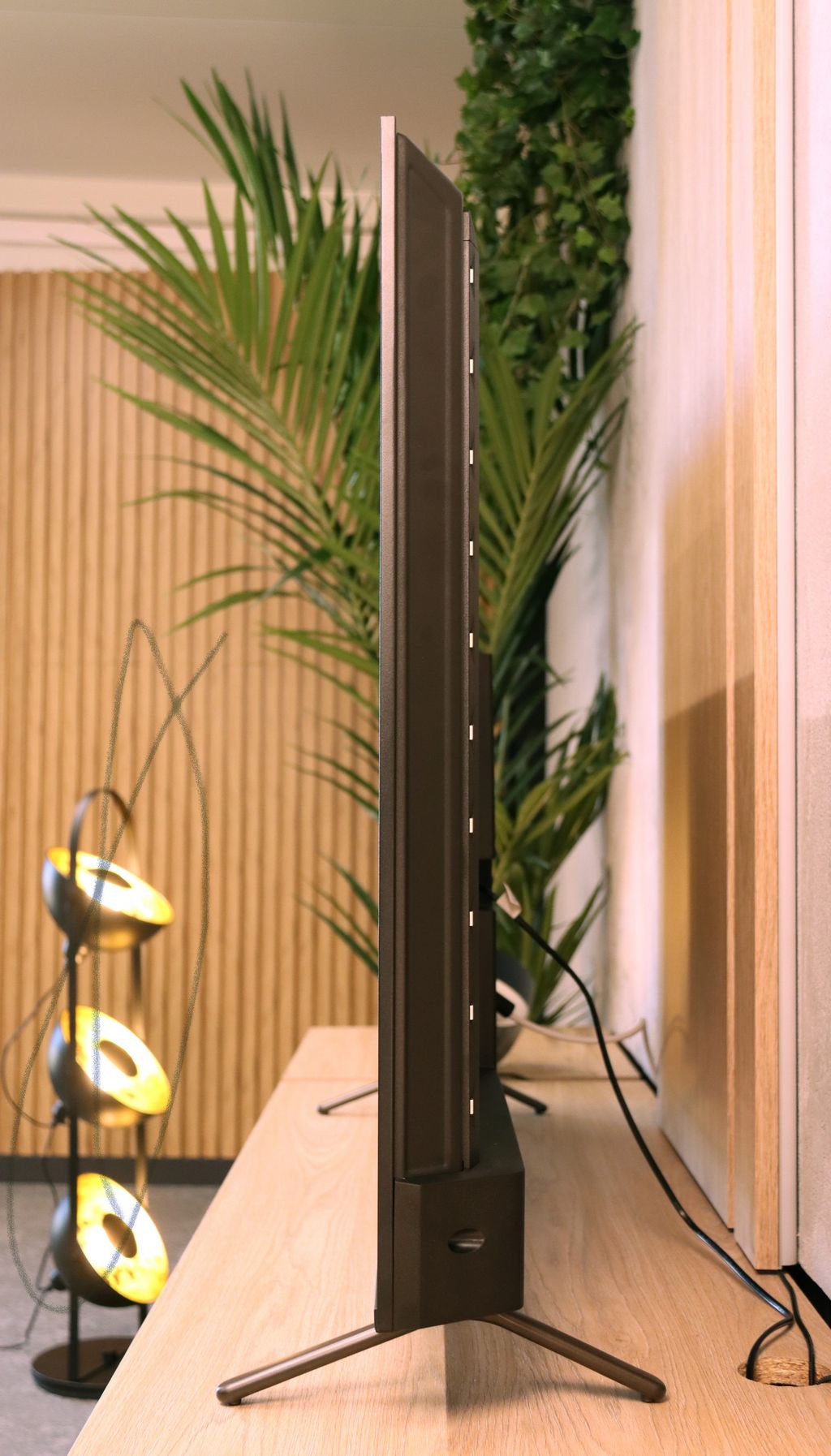
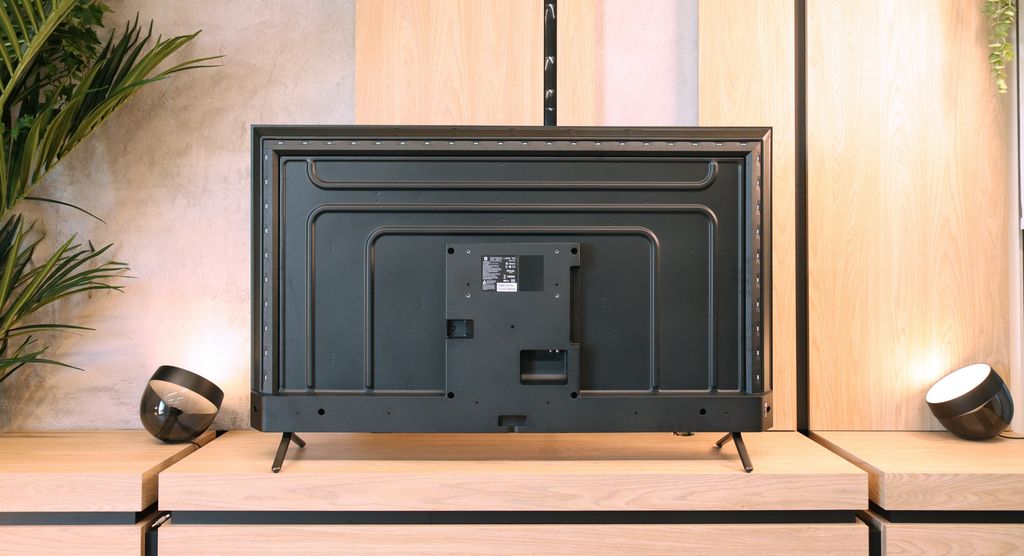
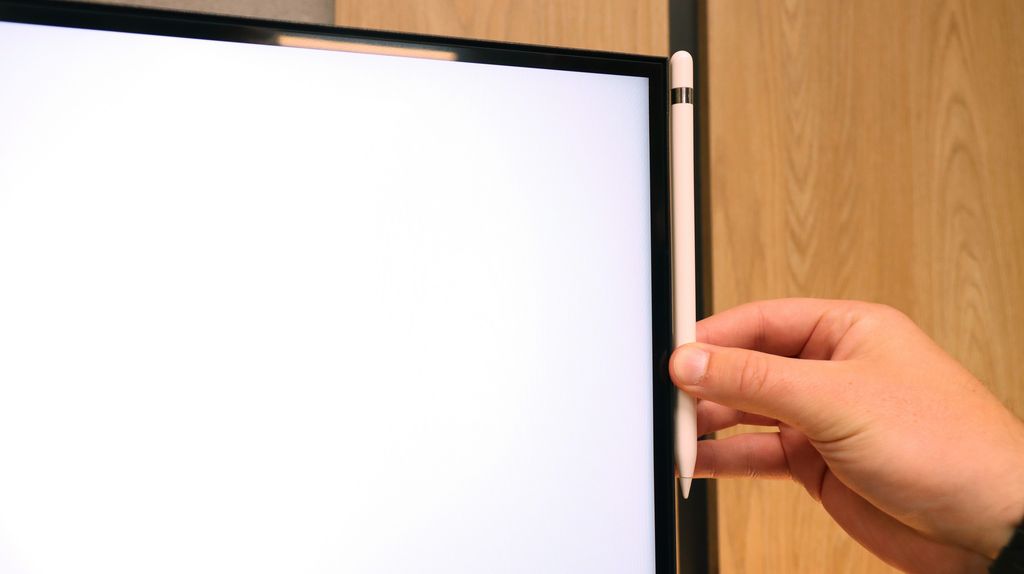
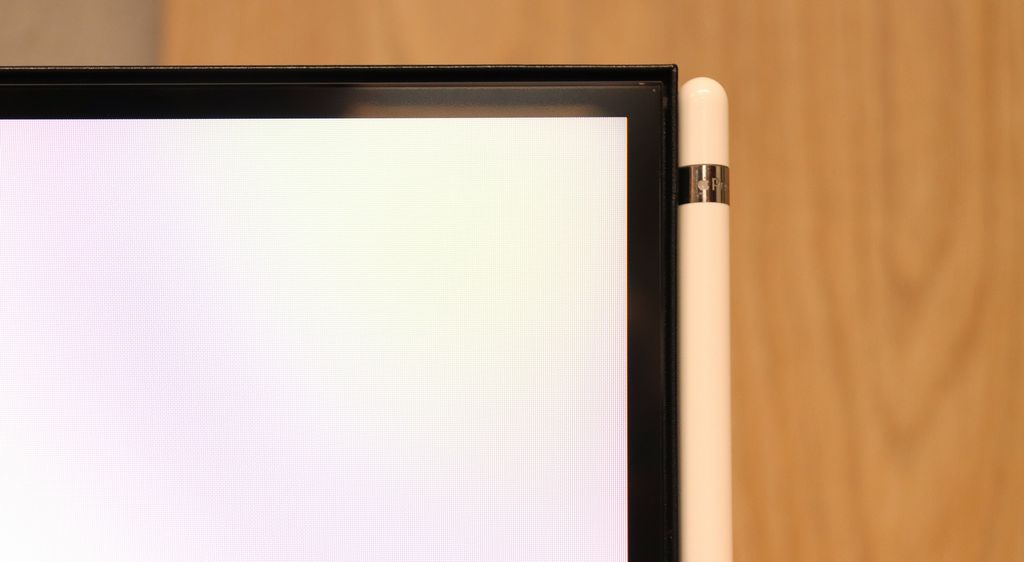

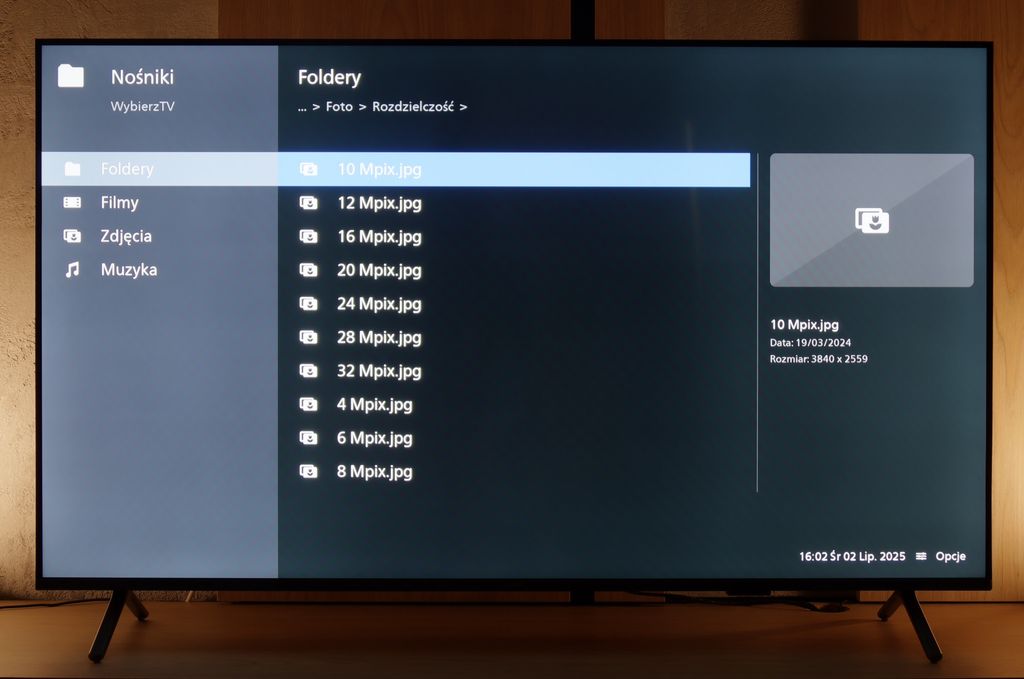
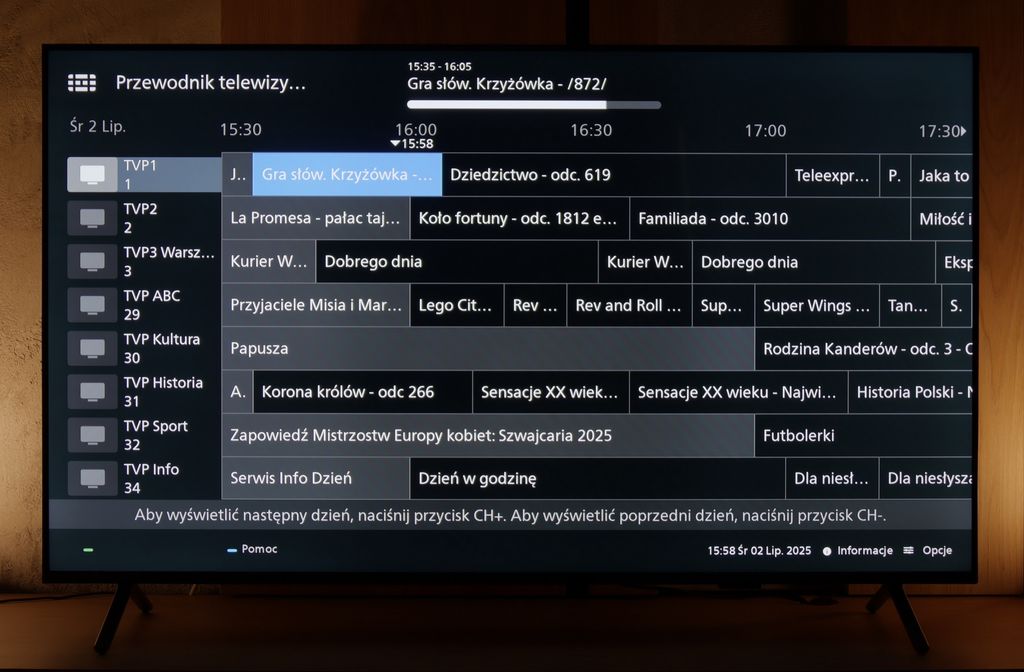
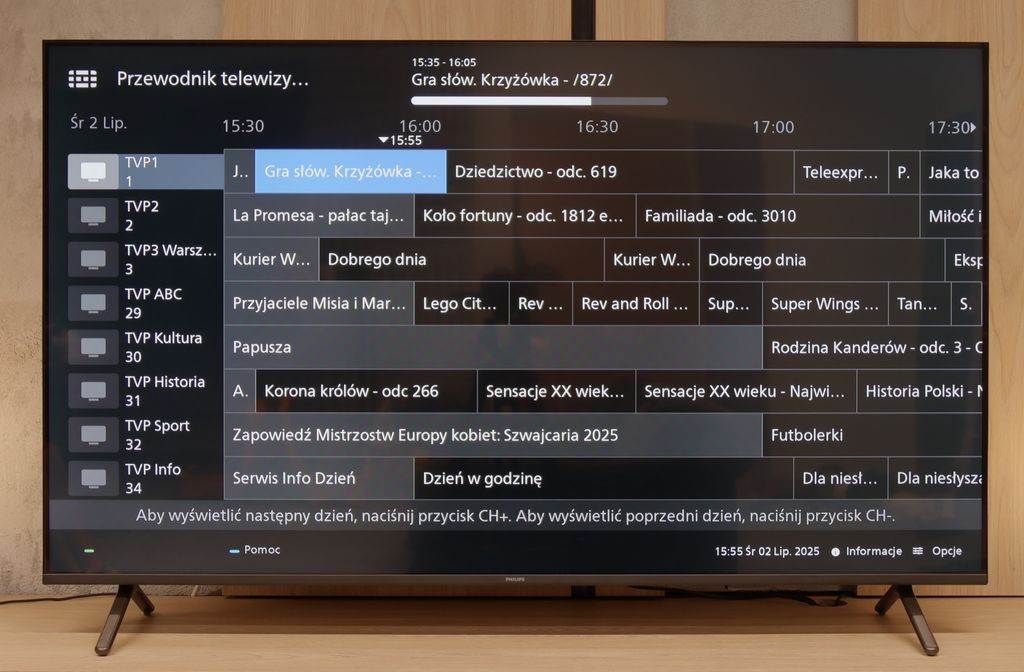
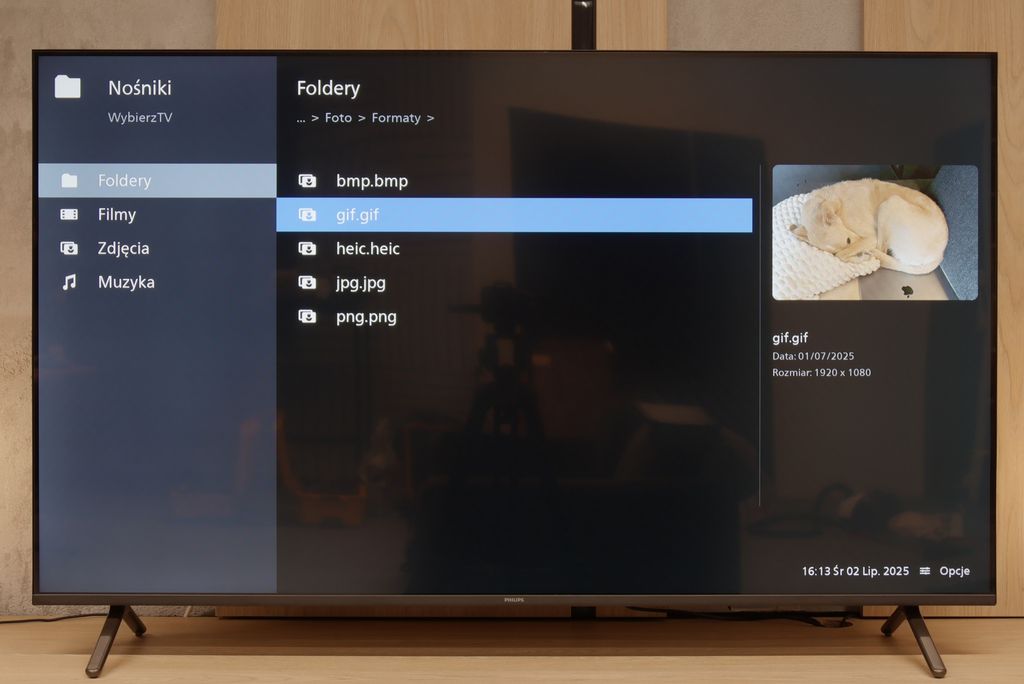
Contrast and black detail
5.4/10
6.1/10
Local dimming function: No
Local dimming function: No
Contrast:

Result
2,450:1

Result
5,150:1

Result
6,550:1

Result
5,850:1

Result
2,800:1

Result
6,000:1

Result
5,950:1

Result
6,250:1

Result
5,950:1

Result
5,750:1
Halo effect and black detail visibility:

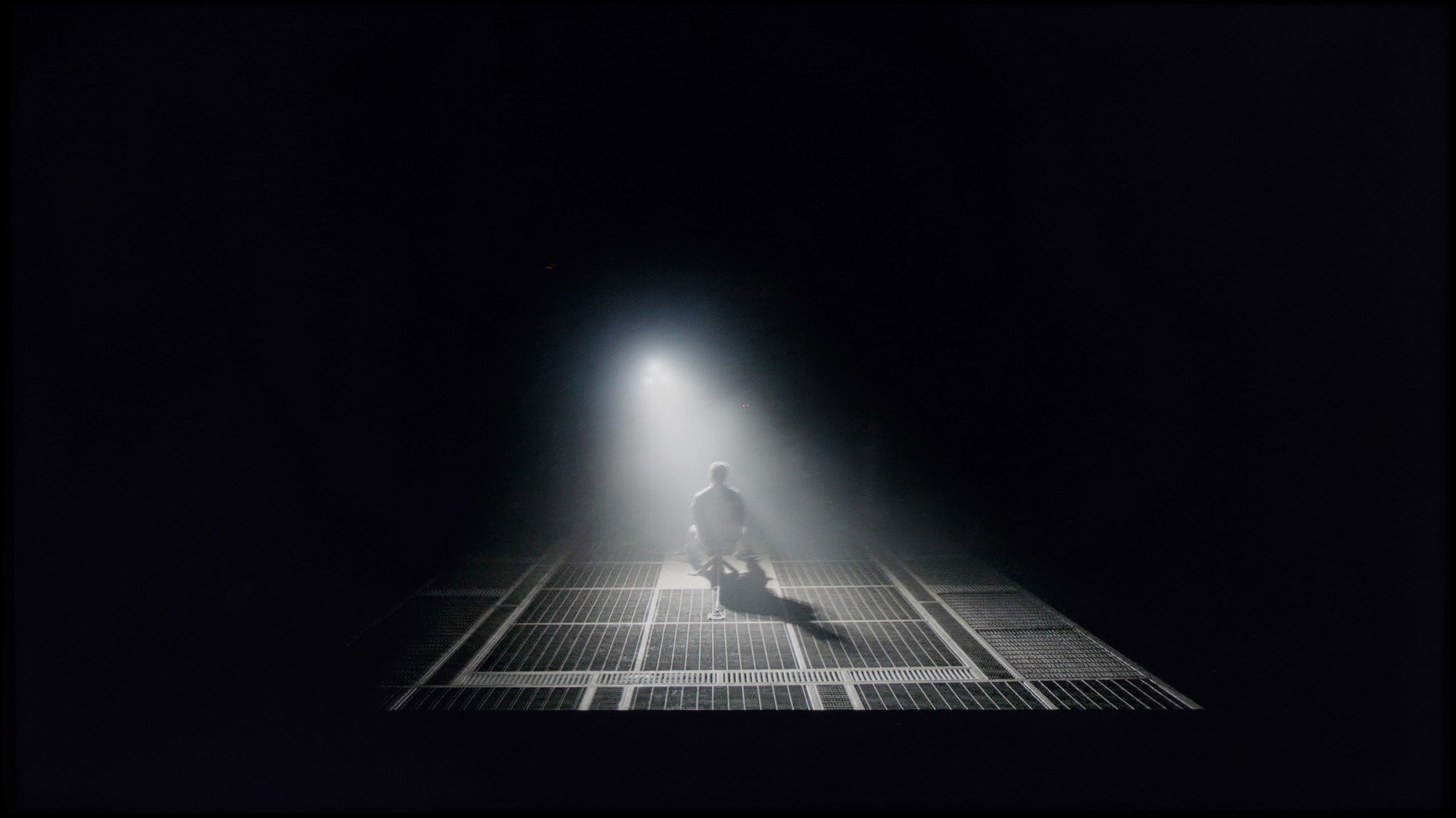

Samsung Q70D and its related models, such as Q77D and Q74D, utilise a VA panel, which in itself should provide decent contrast. Typically, it is several times higher than in IPS/ADS screens that are not equipped with an advanced local dimming system. The contrast results, as you can see, are quite varied, which is caused by the non-uniformity of the panel. Therefore, at times we can achieve good contrast, whereas at other times it is significantly degraded, but generally fairly consistent, not counting light leakage. Let’s take a look at the film scenes we prepared from the films "Oblivion" and "Revenant". As we can see, in the first one, the lights are well separated from each other, which is a positive phenomenon, as visibility of details in the whites in further tests should be equally good. What stands out the most here is the unusual over-sharpening of smoke visible under the light and the navy black in the background. In the frame from the second film, the first thing that stands out is the uneven backlighting of our scene. It was quite significant and heavily affected the perceived image. Nevertheless, the details in the film were well visible.
The Philips PUS8560 in the size we tested is equipped with a VA panel. As a result, black levels – as far as LCD televisions go – can be deemed decent. And that is exactly the case with this model. Both black levels and the overall impression of contrast in the film scenes we tested were really quite good – the image does not bleed, and details are visible even in challenging sections.
But the panel alone is not everything. Unfortunately, the PUS8500 does not come with local dimming (which is a given considering the television segment), so one must be aware that in completely dark conditions, the black can resemble shades of navy more than true black. On the other hand – and here’s a plus for Philips – the Ambilight system does an excellent job. The backlighting genuinely affects the perception of contrast. Therefore, even if technically the black is not perfect, subjectively the viewing experience becomes much more pleasurable. For many people, this is enough to make an evening screening truly impressive.
HDR effect quality
5.5/10
4.1/10
Luminance measurements in HDR:

Result
433 nit

Result
461 nit

Result
477 nit

Result
475 nit

Result
490 nit

Result
273 nit

Result
300 nit

Result
324 nit

Result
343 nit

Result
334 nit
Scene from the movie “Pan” (about 2800 nits)

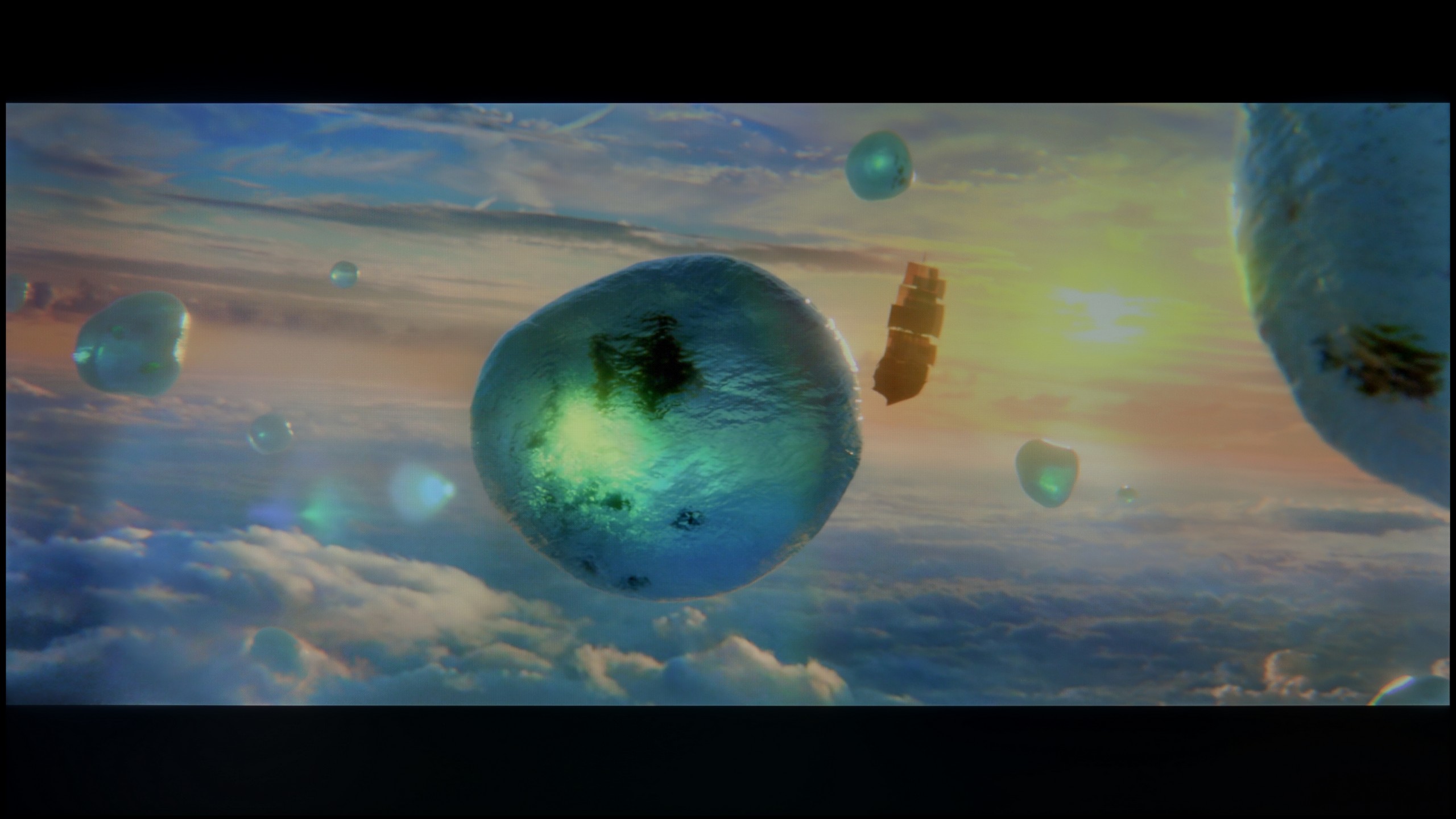
Scene from the movie “Billy Lynn” (about 1100 nits)

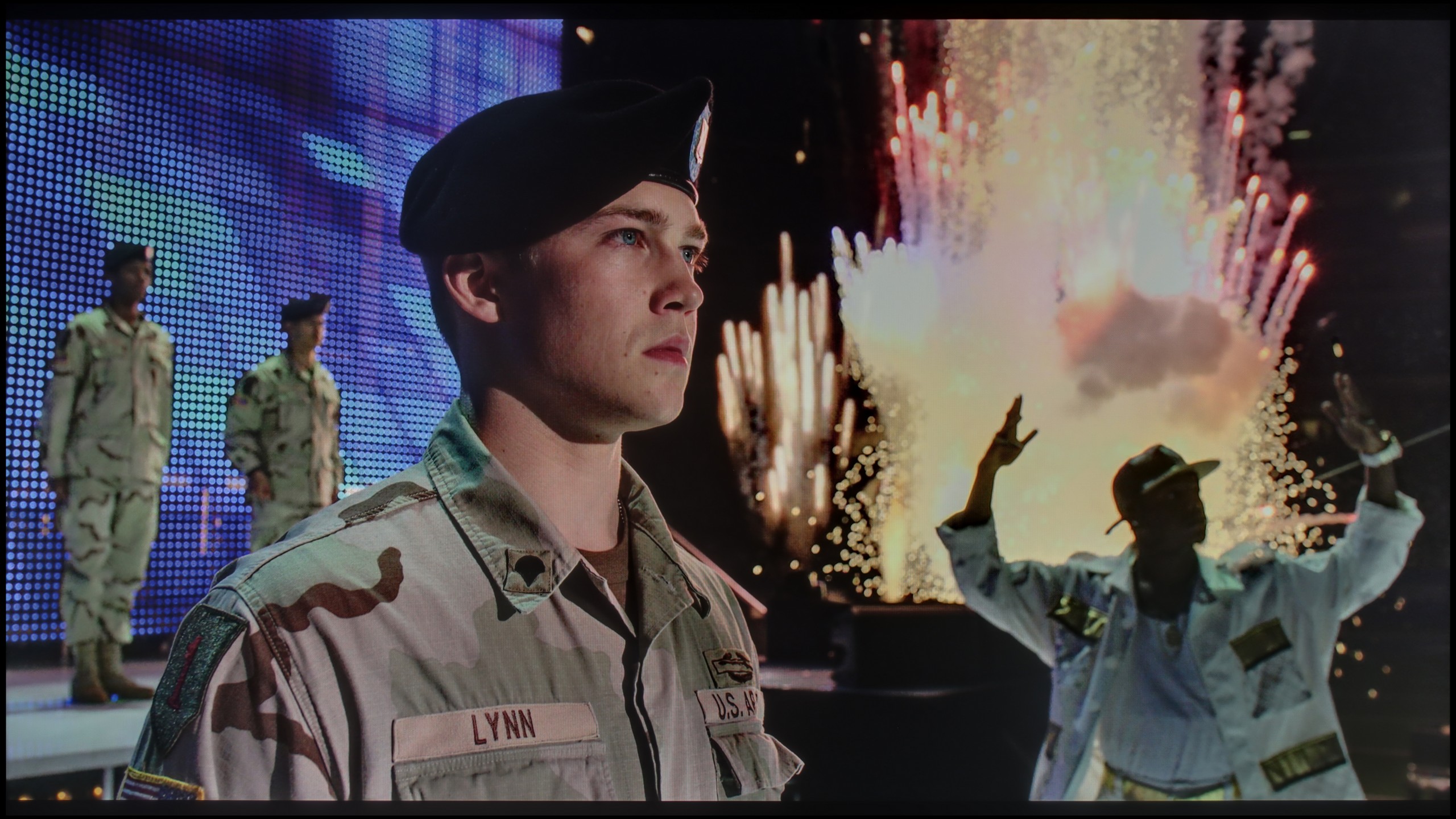
Static HDR10


Dynamic: HDR10+
Dynamic: HDR10+


HDR luminance chart:
Philips PUS8500
Luminancja HDR
Luminance of RGB colors
Samsung QLED Q70D / Q74D / Q77D
Luminancja HDR
Luminance of RGB colors
The brightness that the Samsung Q70D can offer is at a fairly average level, although it cannot be said that the HDR effect will be unnoticeable. Any brightness above 400 nits allows for a clear distinction between SDR and HDR materials. As was the case in the paragraph about contrast and black levels, this time we can observe that the first scene, featuring a bright sun and a dark foreground, possesses the lowest luminance among the measured ones. The result, which can be considered very good for this price range and class of display, is the latter. In a scene where we see a large light source filling a significant part of the frame, the brightness of the television is at its highest, reaching nearly 500 nits. It is worth noting the quite low coverage of the wide DCI-P3 colour gamut, which occasionally results in noticeable gaps in the colour palette. Additionally, users can enjoy rich colours and high precision in shade reproduction, making movie screenings a special experience. It is also worth noting that the Q70D Samsung panel performs excellently in eliminating blur during dynamic action scenes, which enhances the viewing comfort of sports broadcasts or games.
When it comes to the HDR effect on the PUS8560, it can fairly confidently be stated that it is very average. The panel brightness is around 350 nits, which we consider to be the absolute minimum for watching content in this format. However, this is not a result that will astonish a viewer searching for the best possible picture.
On the plus side, it is worth noting that the PUS8500 series – including the PUS8560/12 we tested – is advertised as a QLED television. And indeed, we can expect a wider colour spectrum here. This model is equipped with an additional filter (PFS), and a DCI-P3 colour coverage of around 90% should suffice for the majority of users. This filter works very similarly to quantum dots. As a result, the colours are quite well saturated. It is not an outstanding result, but it is entirely sufficient for watching films and series from streaming platforms.
Factory color reproduction
6.1/10
6.2/10


Factory Mode
After calibration

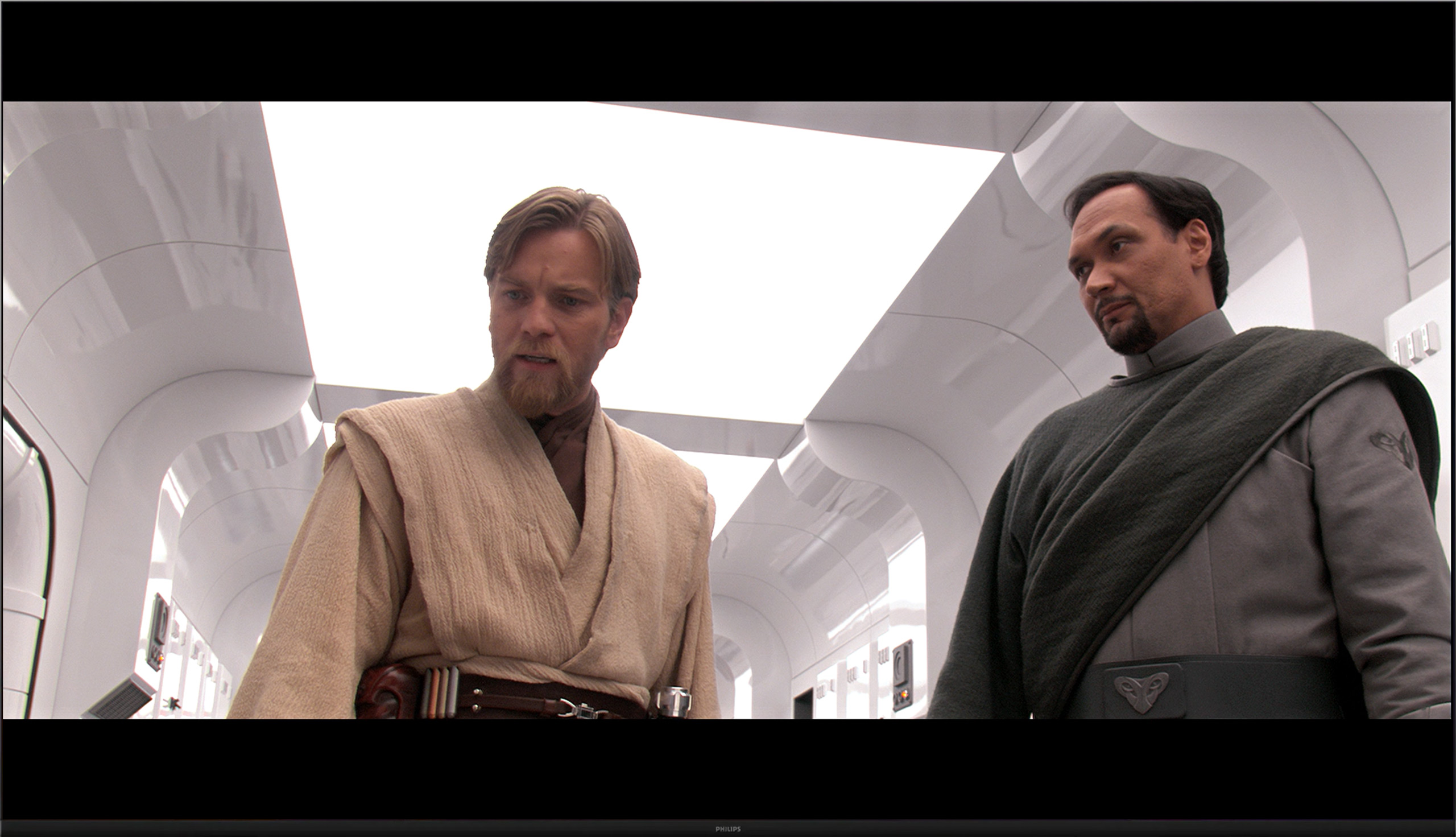
Factory Mode
After calibration
The best factory mode on the Samsung Q70D is "Filmmaker," and it was this mode that we used during all our tests. Before calibration, it had several flaws that effectively prevented it from conveying the director's intentions. In both SDR and HDR materials, the white balance was dominated by red and green. As a result, there was a characteristic yellow tint on the image, causing white to appear yellowed and resulting in skin tones that were noticeably too warm. The lowered gamma in standard colour gamut materials resulted in a significant drop in contrast, which was already not the highest. This caused detail in the blacks to be accentuated but also led to overexposure in brighter scenes. The EOTF curve, in this case, proved to be much better and only brightened those scenes with relatively low luminance. This was perfectly evident in the section where we measured the television's maximum brightness in HDR materials. At that point, the frame from the film "Billy Lynn" was unnaturally bright and lacking in depth.
We tested the television with the best available factory settings, namely in Film/Filmmaker mode – this is the mode we recommend for everyday viewing. Unfortunately, it is not without its flaws. Both in HD and HDR content, the image had a noticeable tendency to a pink tint, caused by an excessive amount of red and blue in the white balance. Another issue turned out to be excessive brightness in the image, which was confirmed by both the gamma chart and the EOTF curve. This feature was responsible for loss of detail and washed-out colours in more challenging HDR scenes that we mentioned earlier. The overall result led to significant colour reproduction errors – in extreme cases, the delta E value exceeded 7, while the threshold for visible errors for the human eye is around 3. This situation can be improved with calibration, and you can read about its effects below.
Color reproduction after calibration
8.1/10
8.4/10




Fortunately, Samsung provides a wide range of calibration tools in all its televisions, including 2-point and 20-point grey scale adjustment as well as advanced CMS. This allowed us to significantly improve the quality of SDR and HDR content. The vast majority of errors have been corrected, and the image that the Samsung Q70D now generates is definitely closer to the reference. Higher deltaE errors in wide dynamic range content are primarily due to the display's insufficient luminance.
The Dutch manufacturer offers quite a sizable amount of settings in its products, so as usual, we decided to tinker with them a bit. The effects are immediately noticeable – we managed to correct the white balance, which made the image stop appearing excessively pink. The brightness characteristic has also been partially evened out, of course, within the limits set by the television itself. The image is no longer overly exaggerated, and the overall reception after calibration is definitely better than in the factory settings of the Filmmaker mode.
One could only critique the EOTF curve characteristic, which still indicates that the image has a tendency to brighten HDR materials. Despite our efforts, the darkest parts of scenes are still sometimes too bright, and the brightest ones do not always achieve their full contrast potential. However, it must be clearly stated that we are dealing with a typically budget construction – one cannot expect reference-level reproduction of HDR content from it.
Calibration has definitely helped this model – it improved the balance, toned down the aggressive colour palette, and brought the image closer to what one might expect from a well-configured movie mode. However, there are certain limitations that cannot be overcome.
Smoothness of tonal transitions
6.9/10
6.3/10

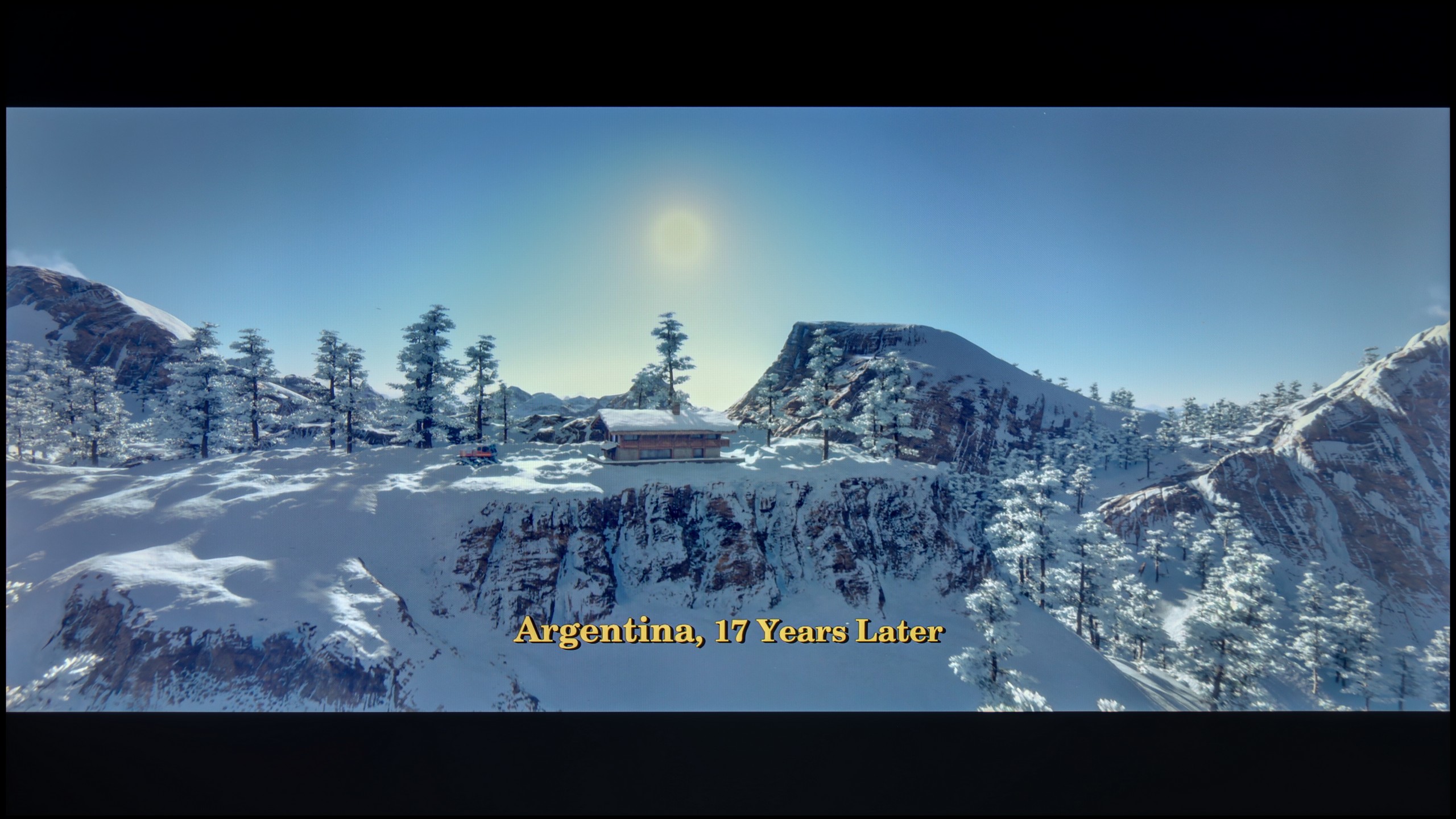

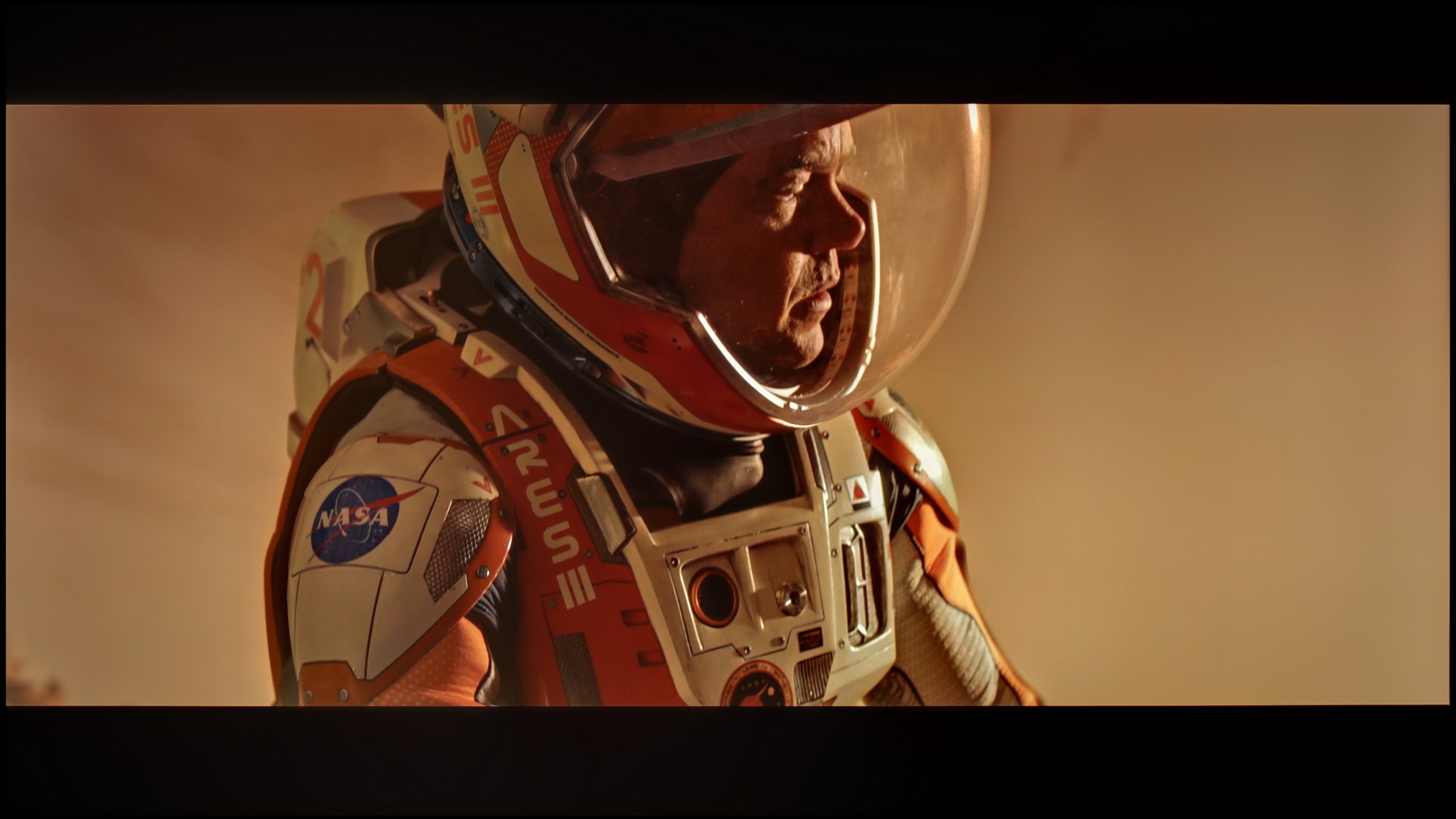

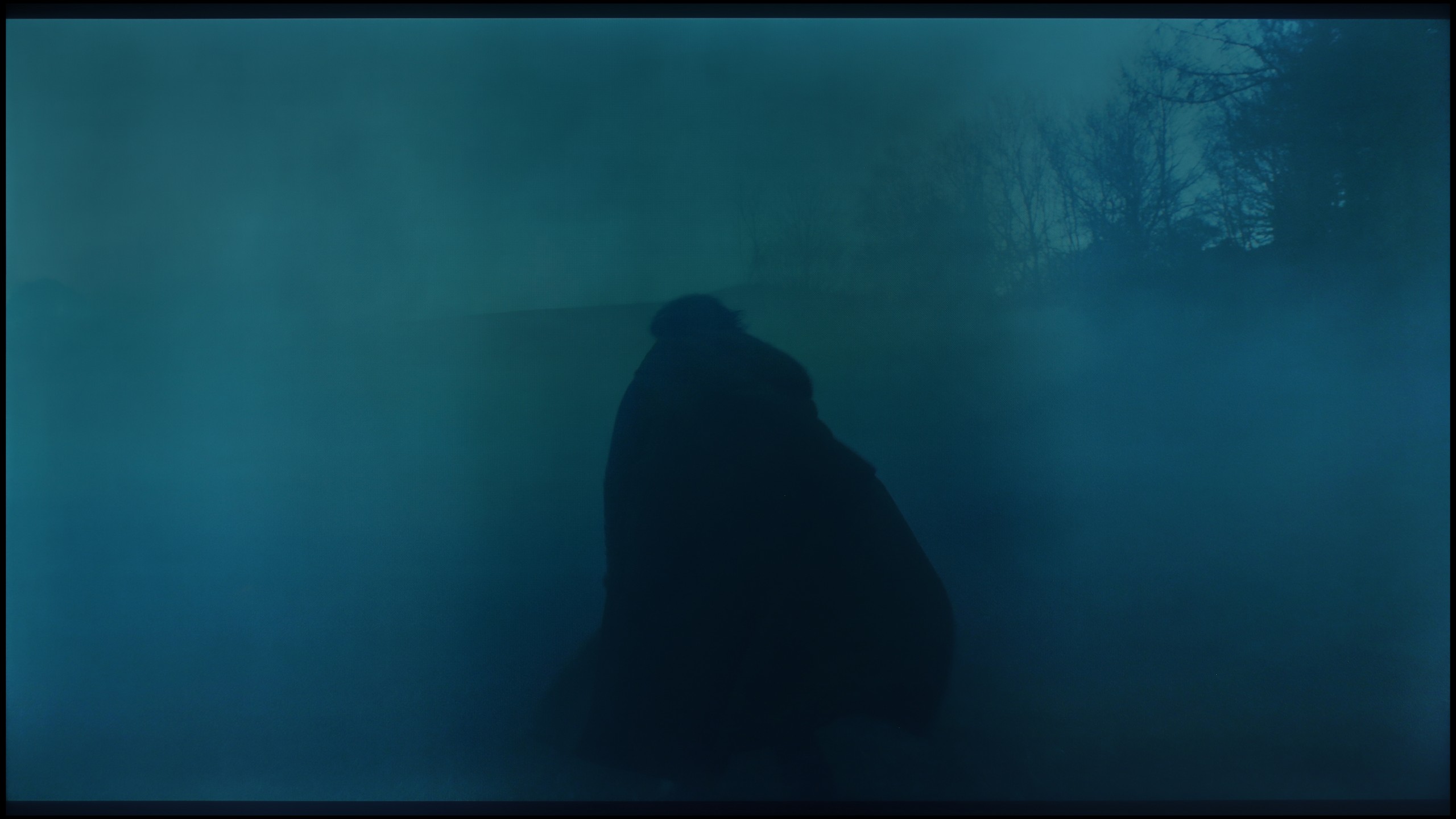

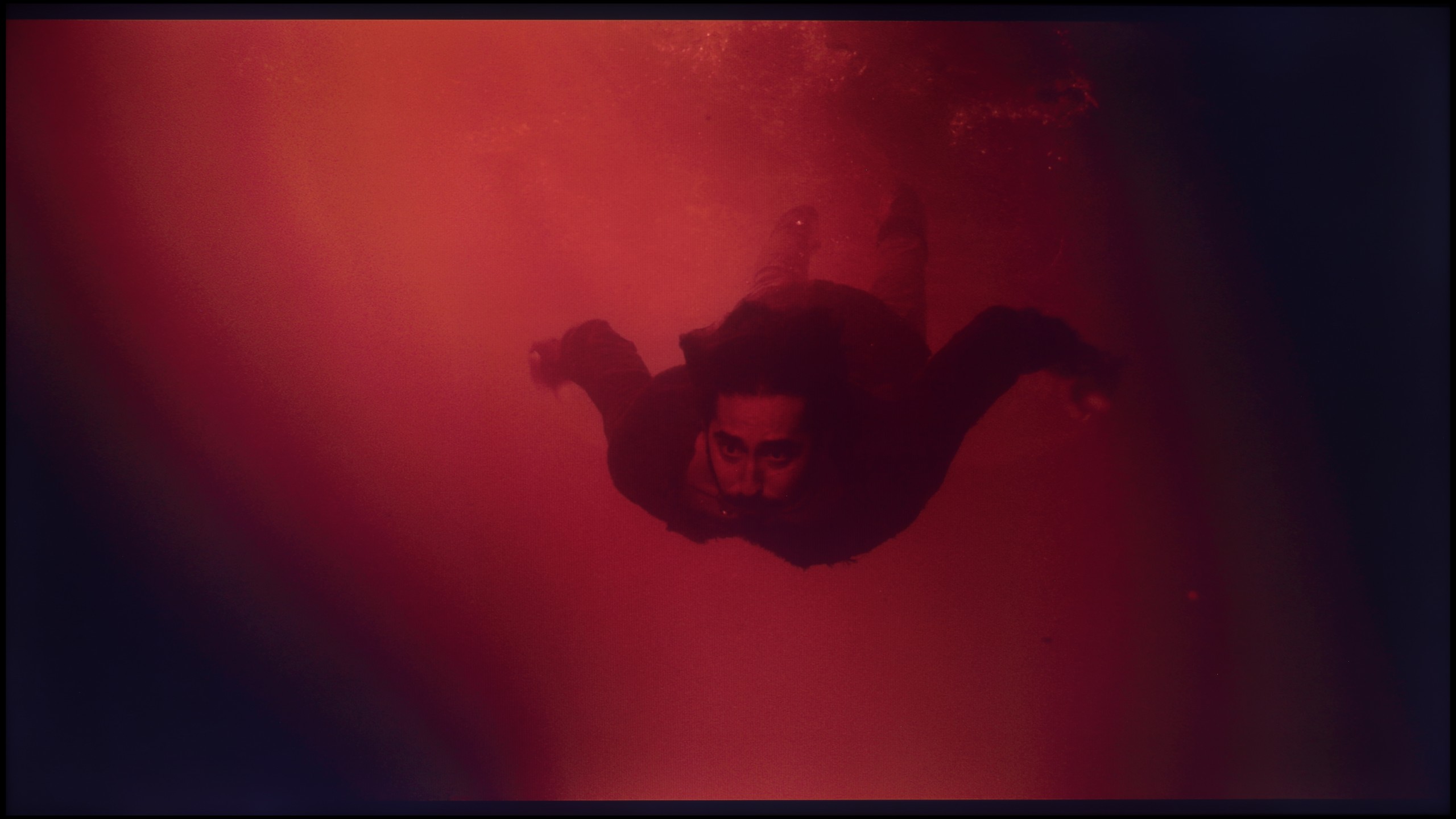




Considering how important lighting is in films and series, the overlapping structures and the fluidity of tonal transitions constitute an extremely significant element in assessing the quality of the image. The colour grading in the tested television stands at a fairly decent level. It cannot be said to be outstanding, but it is also not bad. We assess it as adequate. Brighter scenes perform best here, showing the least amount of stuttering. In scenes recorded in darker settings, slight deficiencies in grading can already be noticed, although this is not an issue that would cause discomfort while watching. This may be disrupted by the bleed of the backlighting, which is clearly visible in the last image.
The PUS8560 handles colour transitions into smooth gradients very well. During tests, the image appeared coherent and natural, and serious issues with tonal transitions occurred only in very dark scenes – for example, in a shot with red water, where subtle cuts between colours could be noticed. However, these are rather exceptions that do not spoil the reception of most content. It is worth mentioning another phenomenon that more significantly affects the quality of the image – the so-called dithering, which refers to a slight "tingling" visible on uniform backgrounds. This effect can be particularly noticeable in high-quality materials and can somewhat spoil the impression of image clarity. It is for this flaw that we deducted some points in our evaluation.
Image scaling and smoothness of tonal transitions
7/10
6.1/10
Smooth transition function

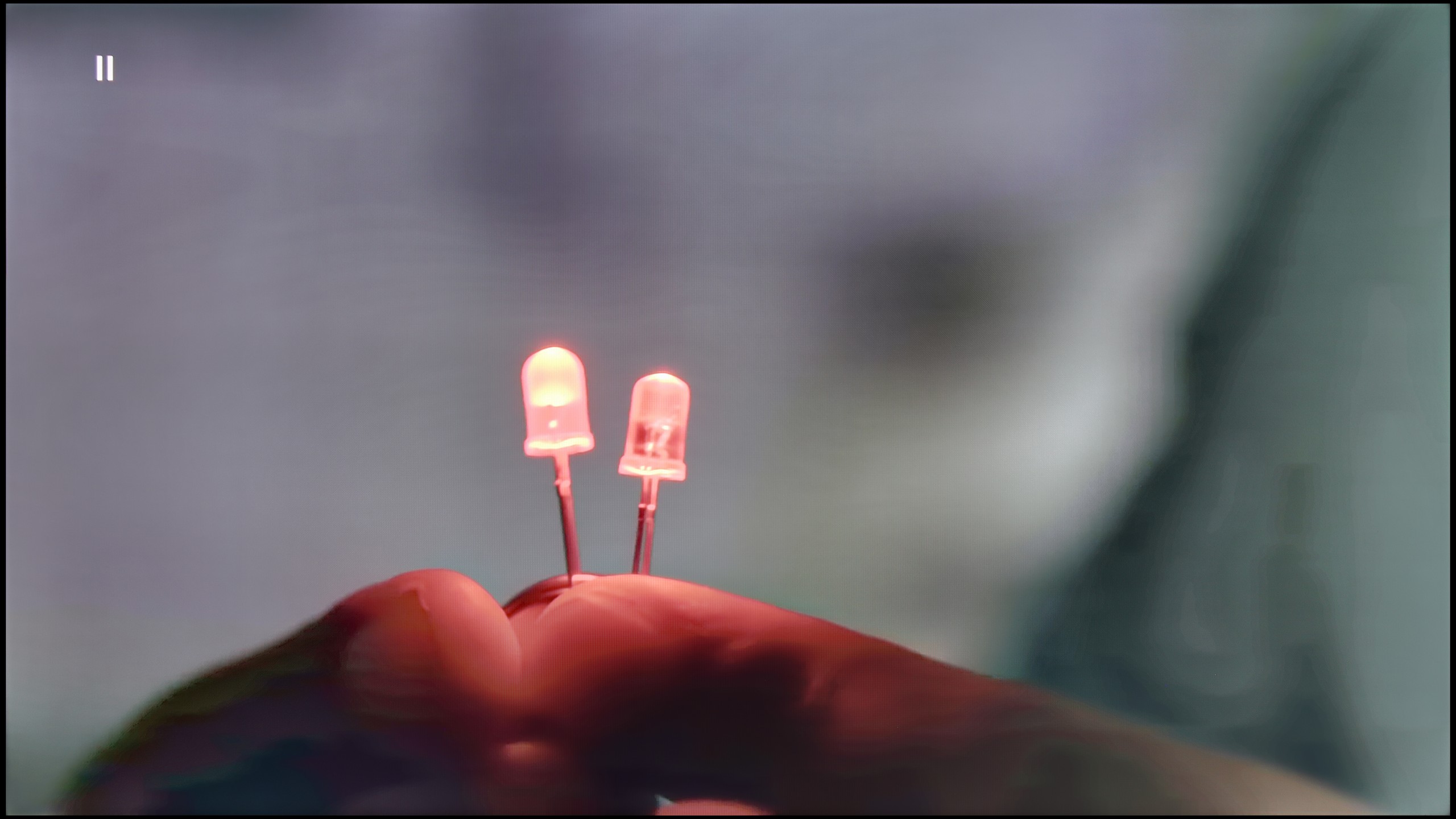
Image without overscan on the SD signal


The function responsible for improving gradation has been named "Noise Reduction" in the menu. As we have confirmed, it is worth enabling, as it has a positive effect on tonal transitions. More importantly, it does not negatively affect the film grain or the fine details, which the competition sometimes "blesses" us with.
The image scaling on Samsung Q70D should be rated as average. The manufacturer does not intend to artificially sharpen the image, but rather to leave it naturally softened.
Philips PUS8560 offers a function for reducing posterization, hidden under the name "distortion reduction". And although it indeed fulfills its role by smoothing out problematic tonal transitions, it works a bit too broadly. In practice, it affects not only colourful gradients but also softens faces, the textures of clothing, and the surfaces of furniture. This compromises the authenticity of the image – especially in films where natural texture is very important. However, if someone is looking for smoothing at all costs, it's best to set this option to "Low". For cinema image enthusiasts – we definitely do not recommend it.
On the positive side, the quality of upscaling older materials is noteworthy – the PUS8560 model handles them surprisingly well. The image retains its natural softness, without artificially boosted sharpness. It is also worth mentioning that the television correctly displays content with very low resolution, avoiding issues with image edge cutting (so-called overscan).
Blur and motion smoothness
7.4/10
4/10

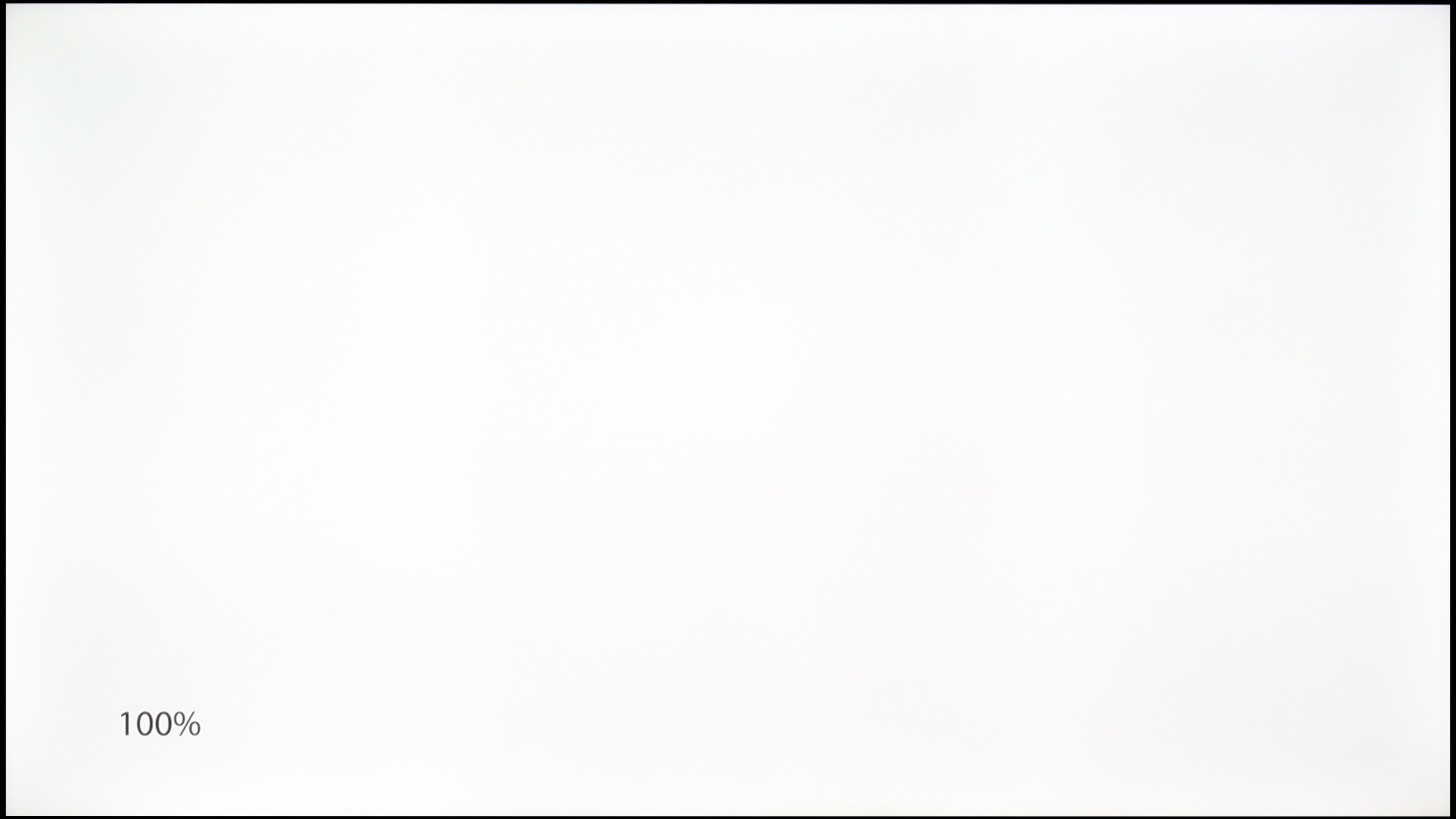
Blur (native resolution, maximum refresh rate):



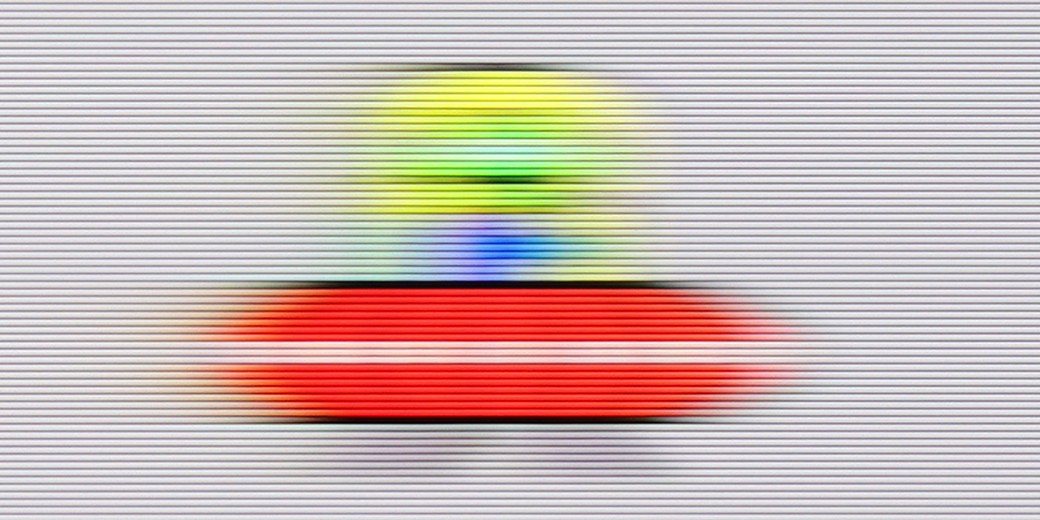
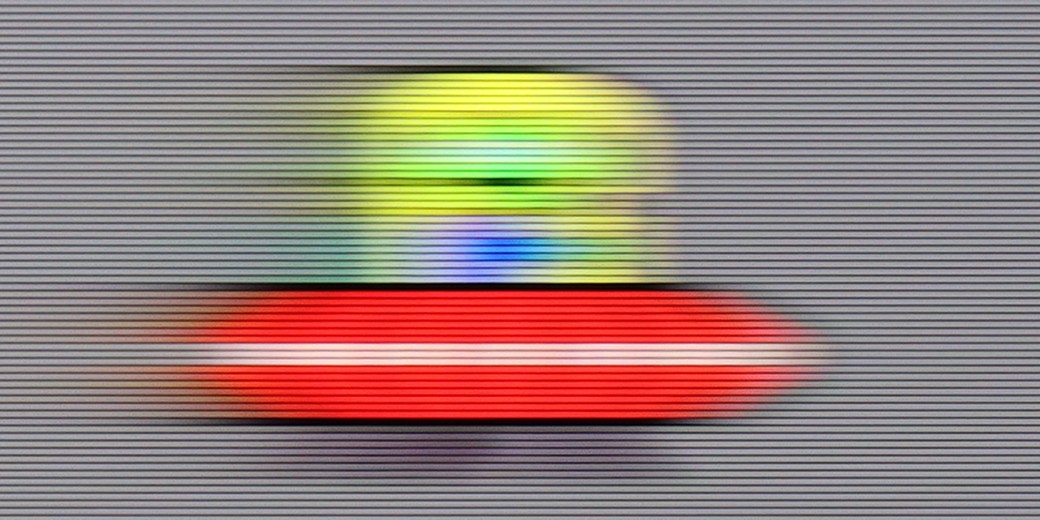
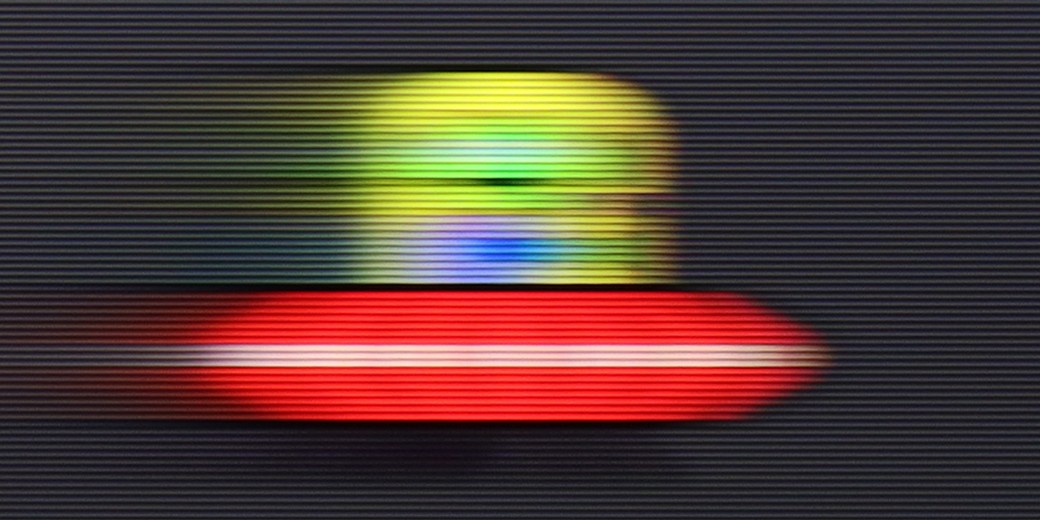
Blur (BFI function enabled):
Image flickers in this mode



Samsung Q70D is the first model in the manufacturer's portfolio featuring a 120Hz panel. Consequently, its motion smoothing functions are more advanced than those in lower-tier models. Within the menu, we find three functions responsible for improving smoothness: "Motion Blur Reduction," "Judder Reduction," and "Clear Motion (LED)." We will discuss the third one later. The first function is responsible for sharpness in motion, while the second adjusts the level of smoothing. The smoother in Samsung Q70D performs satisfactorily, and each setting brings noticeable changes. Therefore, those who dislike the characteristic juddering in films or are avid sports viewers will be able to achieve a personalised level of smoothing. In the picture, we present a setting with slight smoothing, without the soap opera effect.
The panel used in Samsung Q70D features a fairly good response time for this type of display. Of course, it won't be as sharp as a proverbial razor, but at this price, it is a recommendable choice for all kinds of sports.
The Philips PUS8560 is a television equipped with a panel featuring a refresh rate of 60 Hz, which immediately limits its capabilities in terms of displaying dynamic content. Watching sports or playing on a console is not particularly enjoyable. The situation is further worsened by the lack of any option to improve the smoothness of films. In the menu, we won't find settings that would allow us to enable a motion smoother or even a slight motion smoothing for films recorded at 24 frames per second. You can imagine the effect. The image can appear jerky, especially in shots with panoramic camera movements.
Console compatibility and gaming features
9.5/10
4.7/10
- ALLM
- VRR
- VRR range48 - 120Hz48 - 60Hz
- Dolby Vision Game Mode
- Correct implementation of HGIG
- 1080p@120Hz
- 1440p@120Hz
- 4K@120Hz
- Game bar

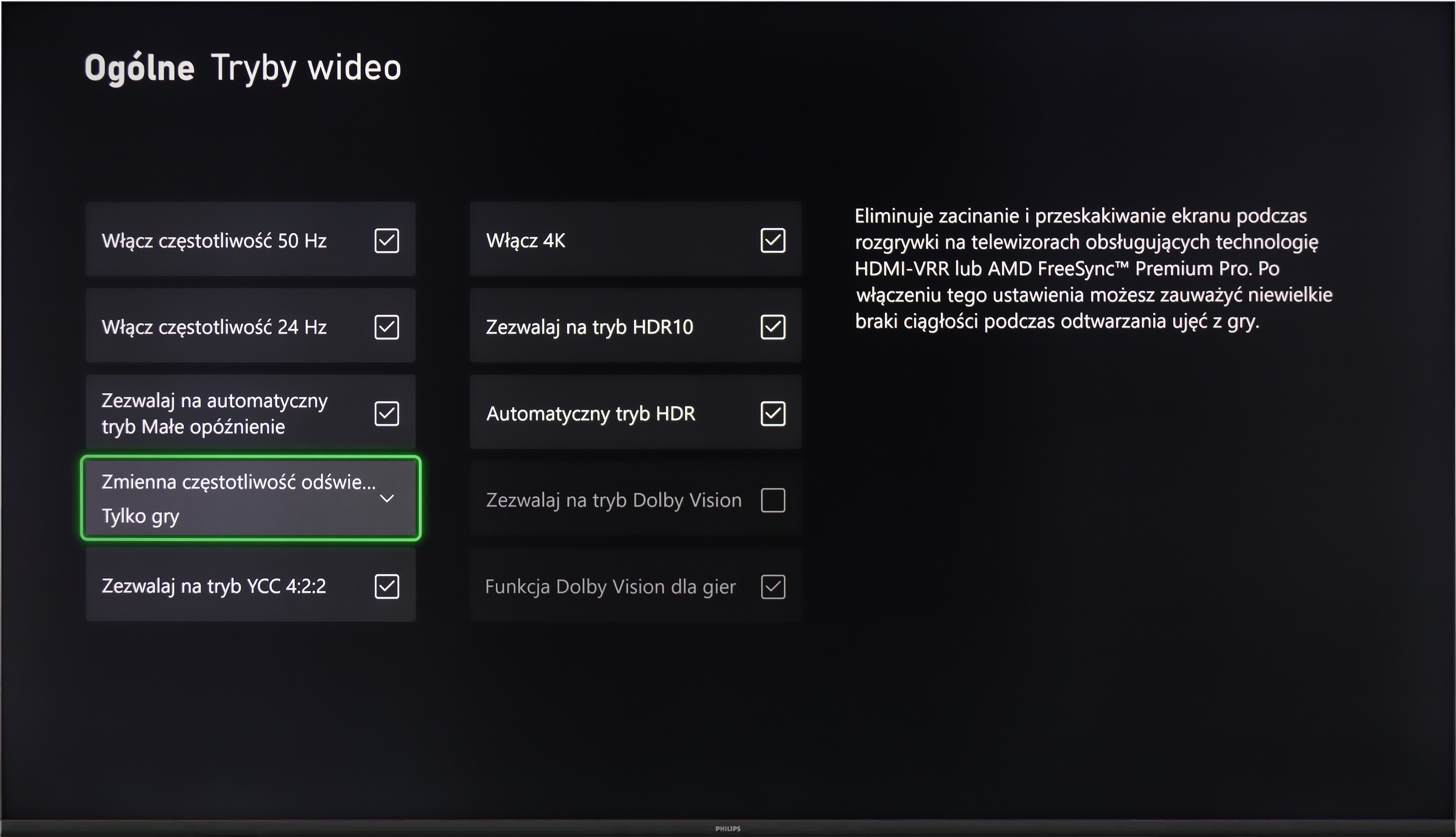

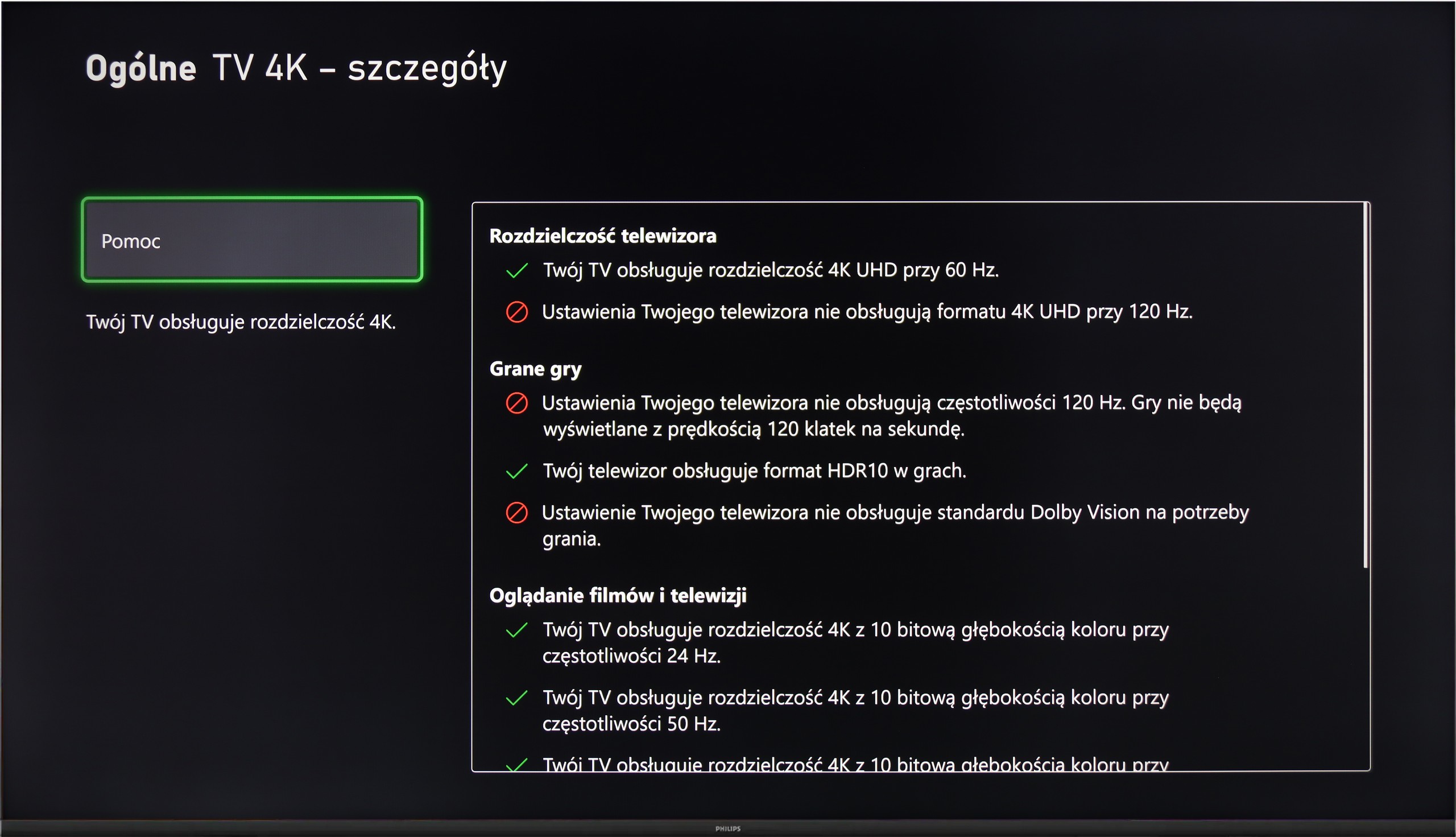

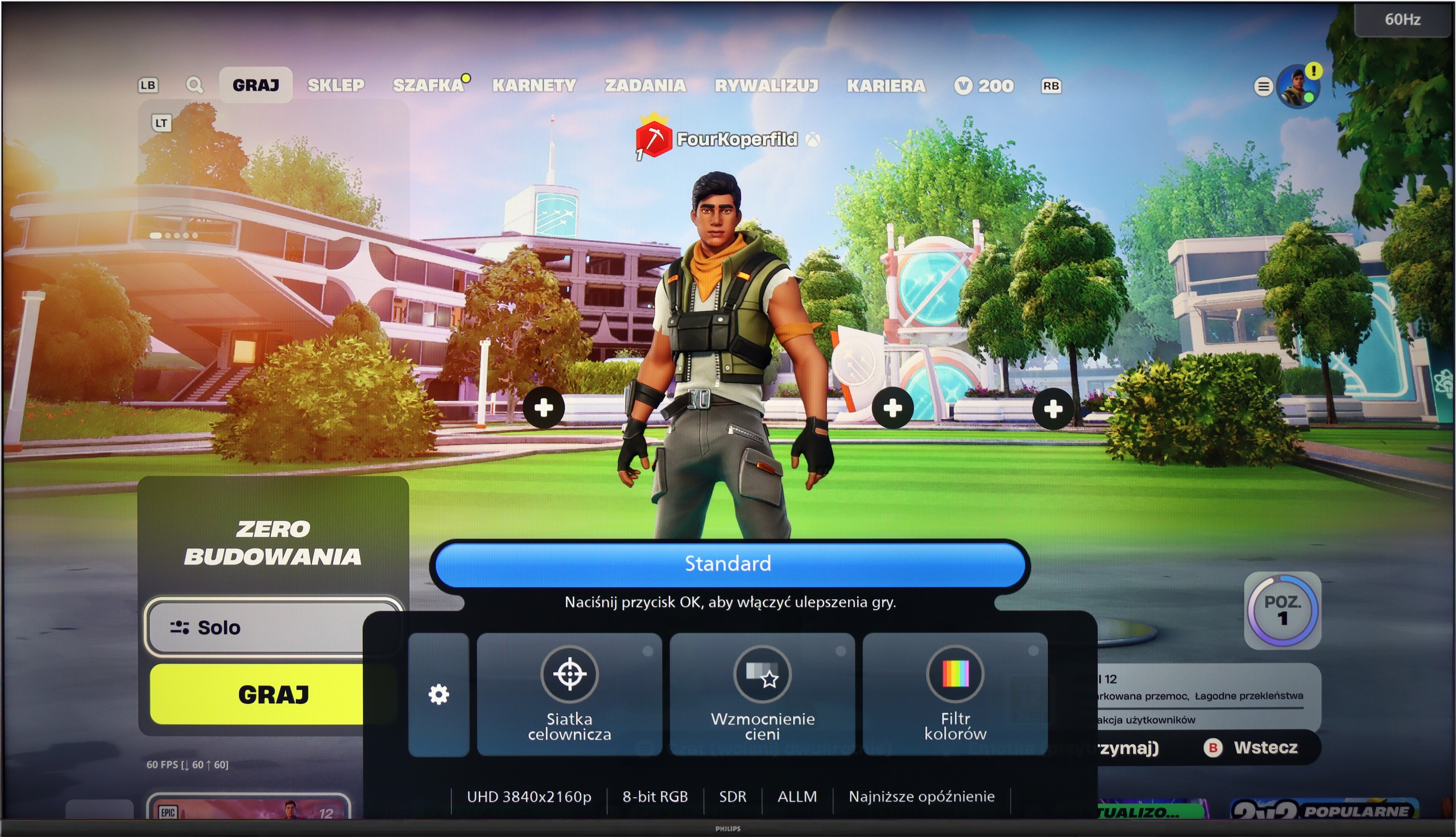

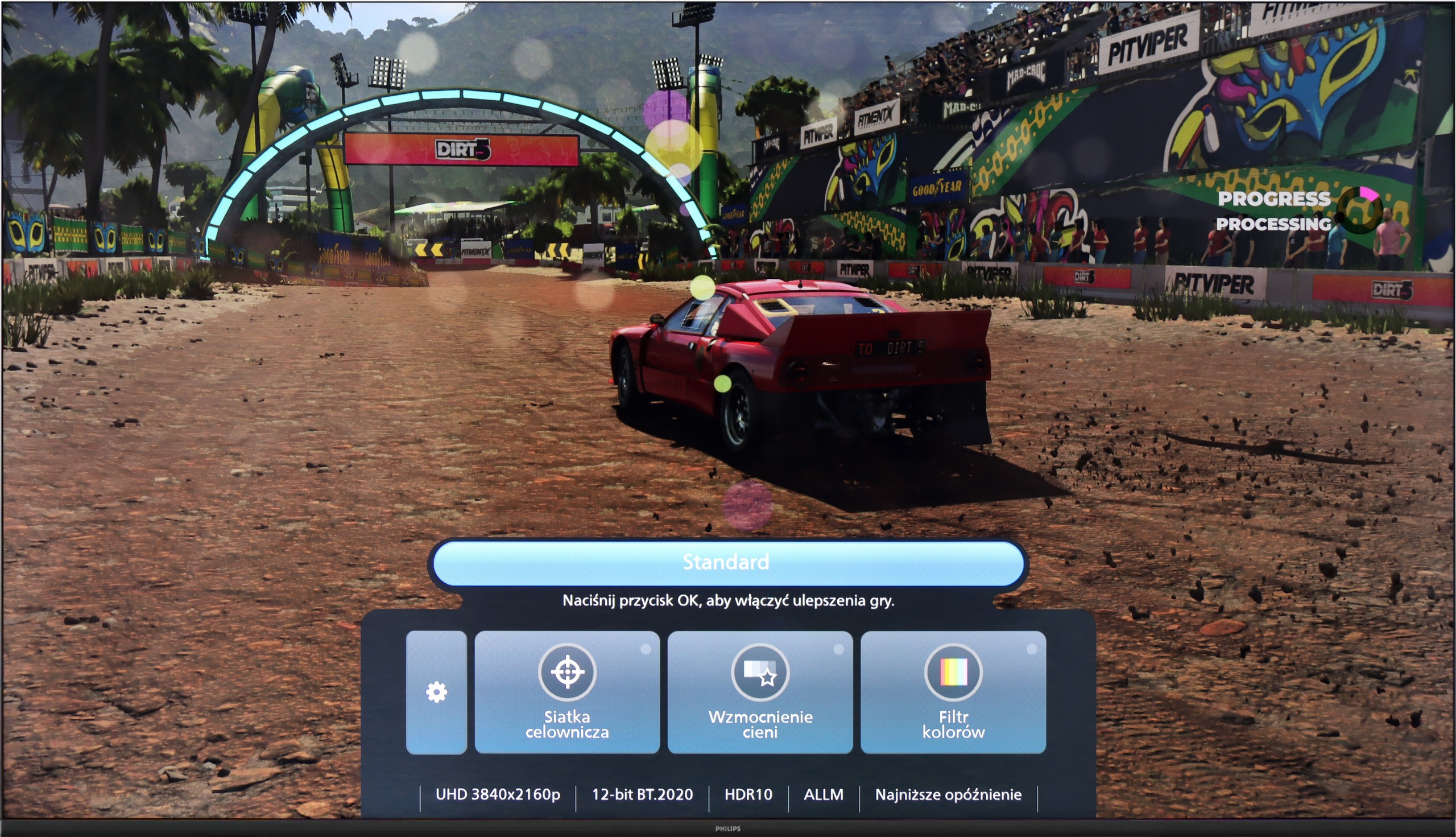
The tested television is equipped with four HDMI 2.1 ports. Interestingly, all of them have a bandwidth of 40 Gbps; however, during the conducted tests, we did not find any negative effects related to this state of affairs. Moreover, and more importantly, Samsung Q70D supports all functions resulting from the aforementioned standard. This news will surely please all gamers, as it means that whether using a console or a PC, we can count on the highest possible comfort during gameplay. Given the typical absence of HDR Dolby Vision for this manufacturer, it is significant that the HGIG mode has been correctly implemented and there is no issue with setting the calibration checkerboard. We particularly note that Samsung, as the only manufacturer, allows gameplay with the smoothener turned on, without significant degradation. This means that titles running at 30 fps will be perceived like those with native 60 frames per second.
Samsung, as one of the first manufacturers, introduced the Game Bar to its televisions, which it has consistently refined since then. It contains all the necessary information regarding gameplay parameters that we can change "on the fly".
To summarise: Samsung Q70D performs excellently both with a console and a computer. All functions worked perfectly and there were no issues with them. The ability to enable the smoothener without a significant increase in input lag is a true game changer.
Although the Philips PUS8560 is not designed with gamers in mind, the manufacturer has decided to equip it with a few features that may prove useful when connecting a console. On board, we find automatic switching to game mode (ALLM), as well as a simple connection status information bar – the so-called Game Bar. It does not make a particularly strong visual impression, but it serves its purpose. The presence of variable refresh rate (VRR), operating in the range of 48 to 60 Hz, may come as a surprise. While this is not a wide range, in the case of less demanding games or titles with unstable frame rates, VRR can help reduce screen tearing. However, this is the only element that could be considered beyond the minimum.
It must be made clear that the PUS8560 is not equipment for gamers looking for a responsive screen and full support for modern console features. It lacks HDMI 2.1 ports, the refresh rate is limited to 60 Hz, and the response time of the panel is not among the fastest. This model may be suitable at most for casual gamers who want to enjoy the Ambilight system.
Input lag
10/10
10/10
SDR
HDR
Dolby Vision
The latency results in Samsung Q70D are at a high level, regardless of the signal or resolution. All gamers will certainly appreciate the manufacturer's efforts, which allow for a game running in 4K 120 Hz with HDR to have a mere 7 ms latency, which is virtually unnoticeable even in online games. It is worth adding that the lag with the smoothness enhancer switched on increases by about twice, which still means very comfortable gaming in this case.
The input lag on the PUS8560 is very good. When we previously mentioned that this screen is rather for the "casual gamer," there is nothing to be ashamed of in this regard – even when compared to screens aimed at gamers. Results around 12 ms are truly outstanding, allowing for an enjoyable responsive gameplay experience. It doesn't matter whether we are playing in Full HD or 4K – the lag remains equally low, so if you value a quick response time, the PUS8560 will definitely not disappoint in this aspect.
Compatibility with PC
8/10
5.6/10

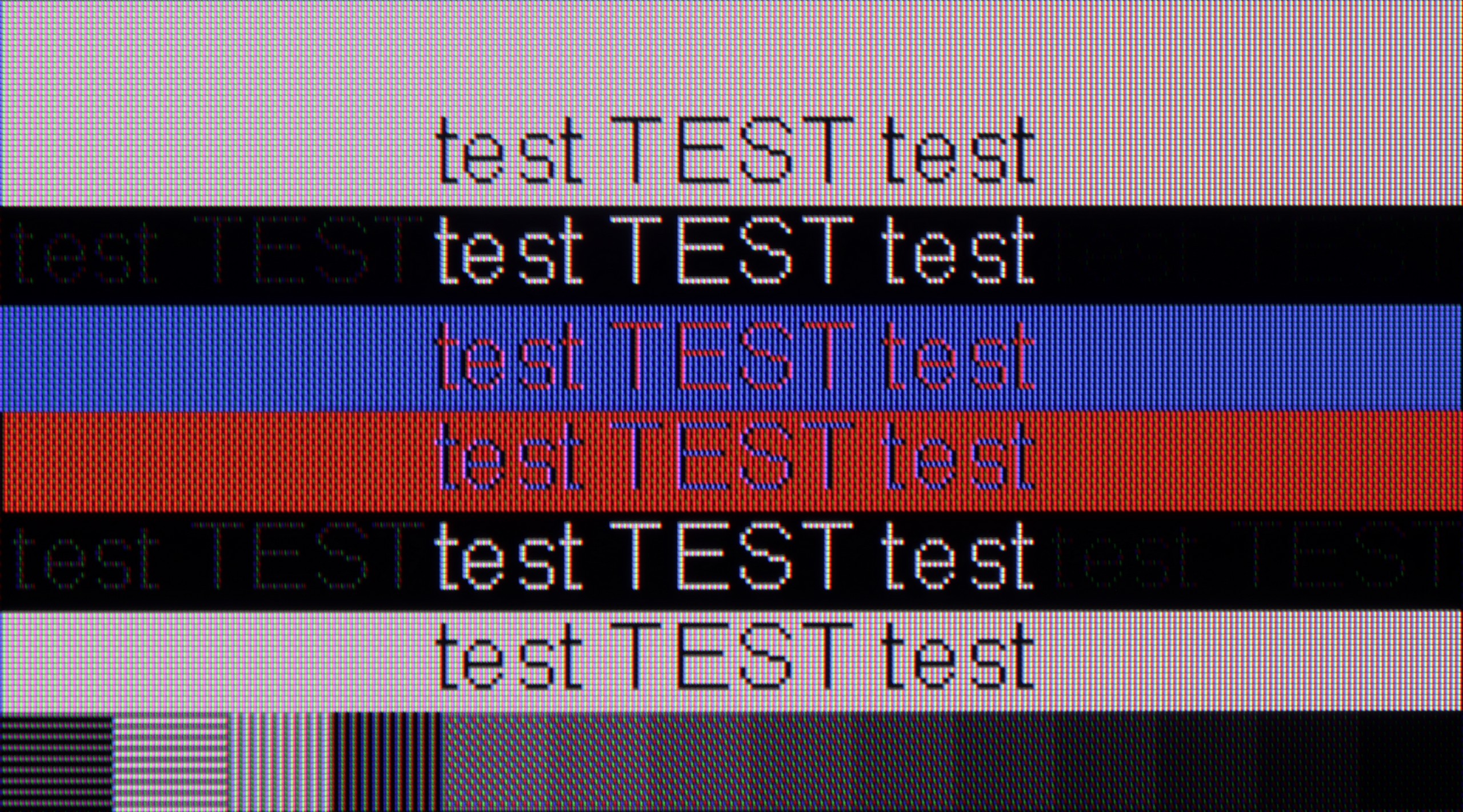
After connecting the television to the computer and wanting to use it as a monitor, we can expect a low input lag of 13 ms, which is practically unnoticeable along the mouse-screen-eye line. Thanks to the correct implementation of chroma 4:4:4, the readability of fonts is at a high level, so one can confidently connect the Samsung Q70D to the computer as a monitor and anticipate comfortable work with text.
The subpixel arrangement is BGR, which does not negatively impact the use of the television as a monitor. However, since operating systems are not adapted to such a subpixel format, this may cause slightly less clear outlines. Nevertheless, this is practically negligible and only a handful of people may notice it.
When it comes to working with a PC on the PUS8560, it looks... quite strange. Chroma 4:4:4 is present in "Monitor" mode, but there is a problem with grey fonts – not all subpixels are lit, which results in the text appearing jagged. On the other hand, in "Game" mode – chroma 4:4:4 disappears, but the grey fonts look correct. In practice, we are therefore forced to juggle settings if we want to have perfectly readable text at all times. And what about gaming on the computer? Our opinion remains the same as for consoles – it is doable, but without fireworks. There is no variable refresh rate for G-SYNC graphics cards, and the refresh rate itself remains relatively low. However, we can once again highlight the very low input lag, which saves the situation in dynamic games.
Viewing angles
2.9/10
3.3/10
Due to the VA panel, the performance of the Samsung Q70D in terms of viewing angles is its Achilles' heel. Even a slight shift from the axis results in a significant loss of contrast and a substantial degradation of colours.
The viewing angles on the PUS8560 are precisely what one would expect from a VA panel - it's not the best. The image loses quality even with a slight shift off-axis – colours become washed out and black begins to resemble a dark navy. This is, of course, the price paid for the better contrast that VA offers when viewed directly. In the case of our 55-inch model, this is still acceptable, especially if the television is positioned perfectly opposite the sofa. However, with larger screen sizes or a less central placement in the living room – it could become a problem for comfortable viewing.
TV efficiency during daytime
5.4/10
4.9/10

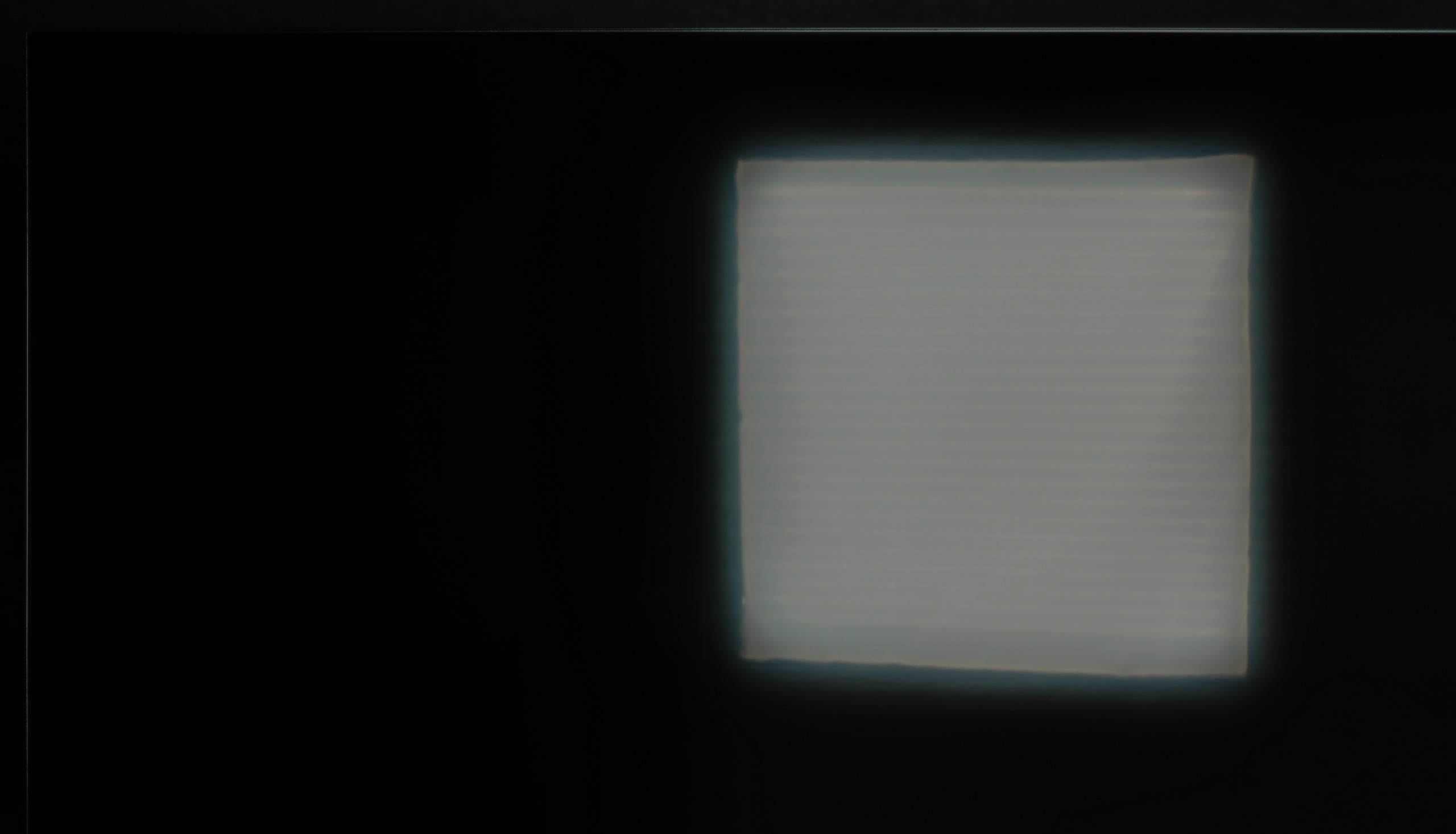

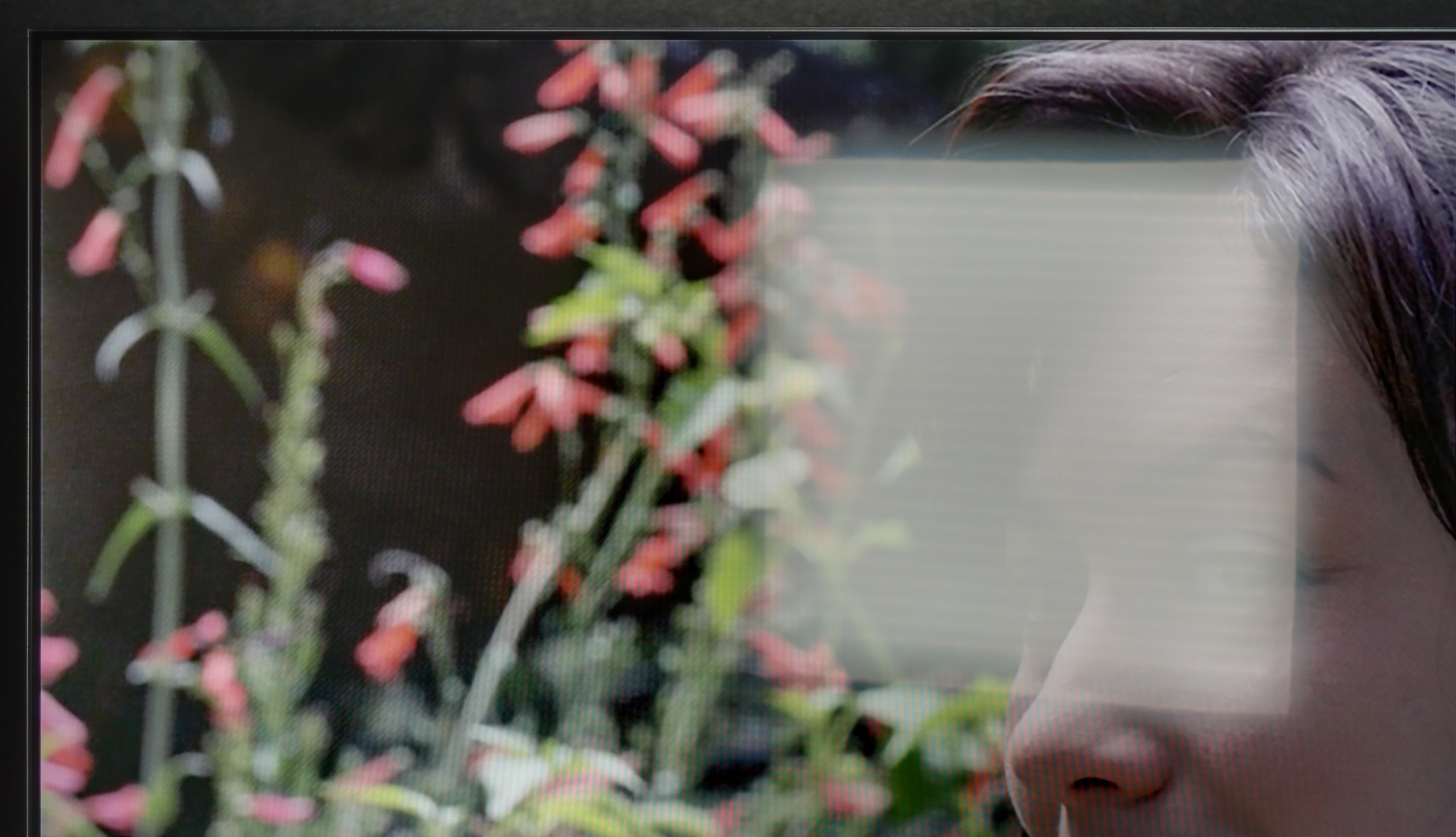
Matrix brightness
Average luminance SDR
Philips PUS8500 : 331 cd/m2
Samsung QLED Q70D / Q74D / Q77D: 449 cd/m2
The satin finish of the panel in the Q70D allows for quite good performance in a strongly sunlit room. It is worth noting that the reflections do not extend beyond their source, thus not spilling over onto the rest of the panel. We also commend the maximum brightness of the television in SDR materials, which is 450 nits, allowing for comfortable content consumption during the day.
The PUS8560 performs moderately during the day. The satin matrix coating quite effectively dampens reflections, which means that light from windows or lamps does not interfere too much. The blacks also look decent for a VA panel – even in daylight, there are no significant losses in contrast. However, all the charm fades when it gets really bright. The panel's brightness is around 300 nits, which is definitely too little to speak of full comfort in a heavily lit room. In such conditions, the PUS8560 simply needs to be aided by blinds – otherwise, the image begins to look rather pale.
Details about the matrix
Subpixel Structure:

Panel uniformity:

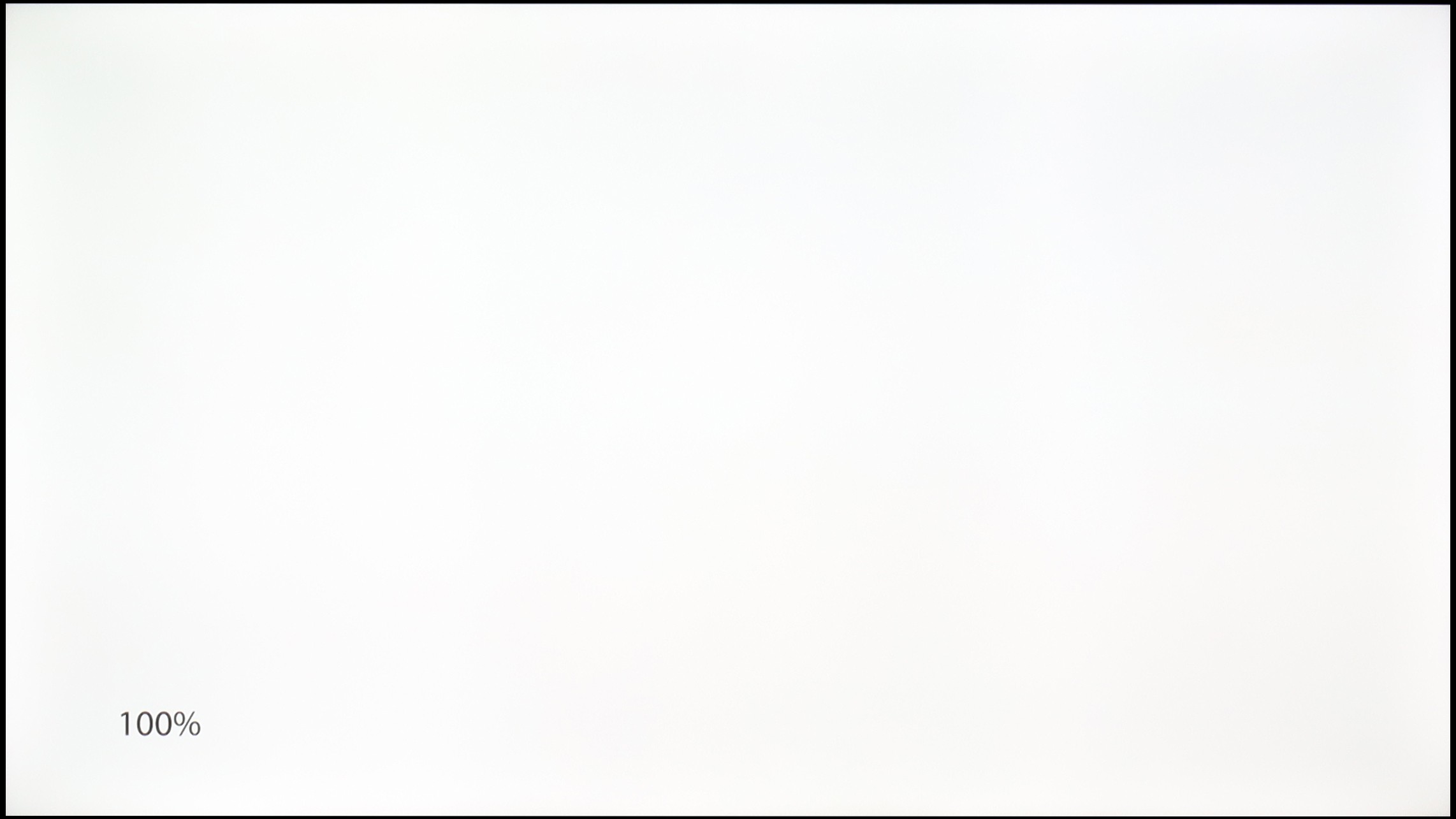
Samsung QLED Q70D / Q74D / Q77D
Philips PUS8500
TV features
7.2/10
4.9/10
- HDMI inputs0 x HDMI 2.0, 4 x HDMI 2.1 40Gbps3 x HDMI 2.0, 0 x HDMI 2.1
- OutputsToslink (Optical audio), eARC (HDMI), ARC (HDMI)Toslink (Optical audio), eARC (HDMI), ARC (HDMI), Mini-Jack (Headphones)
- Network InterfacesWi-Fi 2.4GHz, Wi-Fi 5GHz, Ethernet (LAN) 100MbpsWi-Fi 2.4GHz, Wi-Fi 5GHz, Ethernet (LAN) 100Mbps
- TV receptionDVB-T, DVB-T2, DVB-S, DVB-S2, DVB-CDVB-T, DVB-T2, DVB-S, DVB-S2, DVB-C
Classic features:
- Recording to USB (terrestrial TV)
- Recording programming
- Picture in Picture (PiP)
- RF remote control (no need to aim at the screen)
- Backlit remote control
- Teletext
- Audio only mode
- Possibility to connect Bluetooth headphones to the TV
- Possibility to simultaneously use Bluetooth headphones and the TV speaker
Smart features:
- AirPlay
- Screen mirroring (Windows Miracast)
- Wyszukiwanie głosowe
- Voice search in native language
- Ability to connect a keyboard and mouse


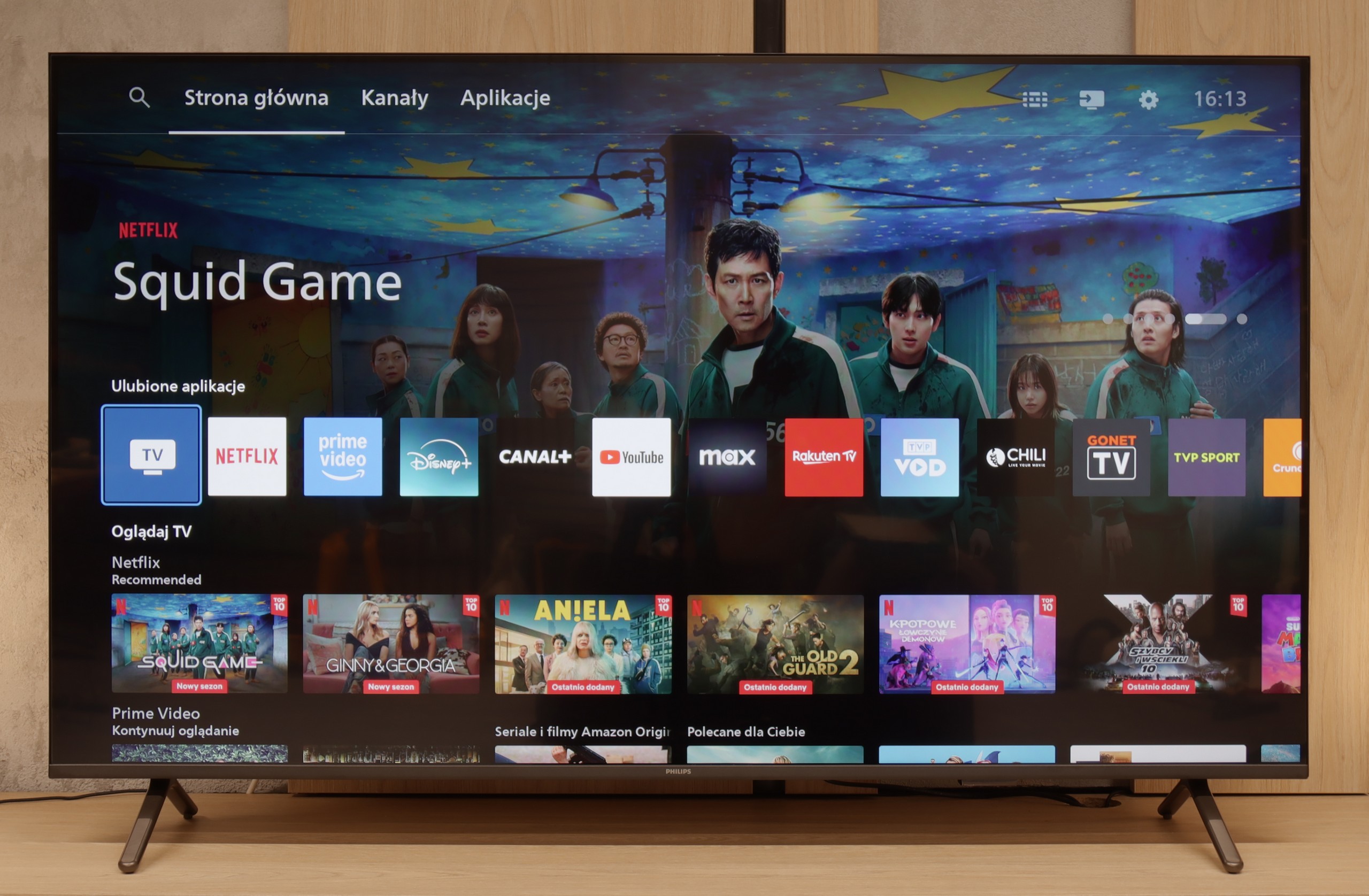
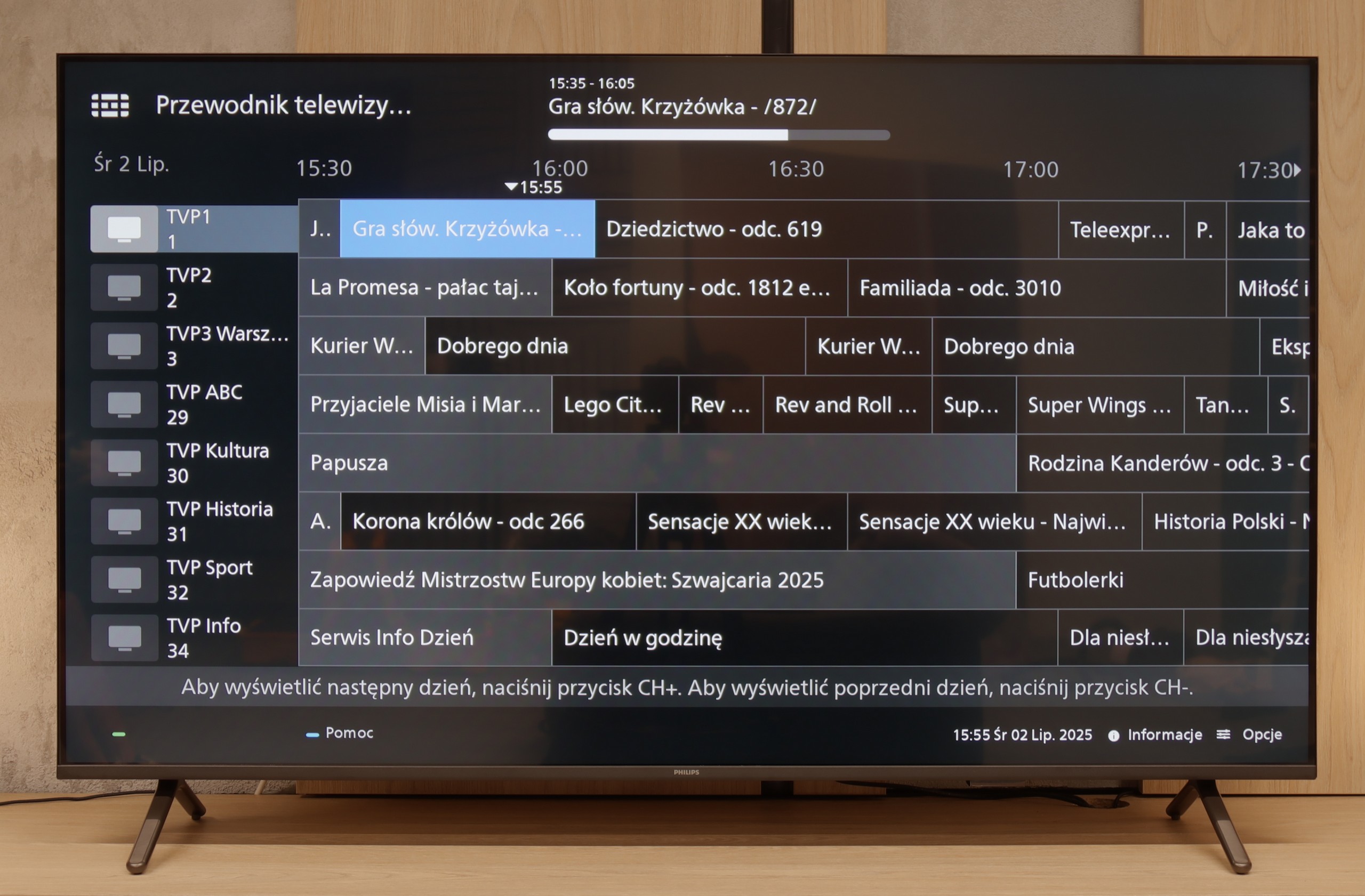
The operation of the Samsung Q70D is powered by the proprietary Tizen system. It is quite a well-known software, as the manufacturer has been developing it in its televisions for a really long time. Its main advantage is smooth performance and the absence of significant stutters, which we can confirm through conducted tests. The greatest downside, however, is its closed nature. Although the app store is quite extensive, we are still at the mercy of the manufacturer. Therefore, we will not be able to install missing items, even from a pendrive. A perfect example of this is this year's discontinuation of support for the Tidal app. On the other hand, a benefit, especially for users of Apple equipment, is the implementation of AirPlay, which allows for easy mirroring of content from a device to the television. Fortunately, Samsung has also provided the option to connect a keyboard and mouse for much quicker navigation through the television's menu. It is worth mentioning that the manufacturer has luckily included a remote that connects via Bluetooth this year, which often did not occur in the past. The Tizen system has one more advantage. It integrates very well with external devices such as the NC+ decoder or soundbars. The connection process is very quick and does not require any special skills.
In summary: The Tizen system is very smoothly functioning software, which is certainly a strong advantage of the television. Although more advanced users may complain about the lack of at least KODI, the rest will be satisfied.
Classic TV Features:
If you are looking for a television that "works" in the most basic sense – the PUS8560 will fulfil that role. In terms of classic features, we have a rather minimalist set. On the plus side, there is an electronic programme guide (EPG), teletext, a backlit remote control with a classic numeric keypad, and a headphone jack input. It sounds a bit like a dream set for seniors – and there is some truth to that. However, it must be stated clearly: this is a television with very limited capabilities. We will not find recording functions from DVB tuners to USB here, nor is there a PiP mode or other conveniences known from more expensive models.
Smart TV:
How does the SmartTV perform on the PUS8560? Well, this is where it gets a bit more complicated. The PUS8560 runs on the Titan OS, which in this particular implementation posed significant problems. Some features, although present "on paper," simply did not work. For example: Wireless screen mirroring functions, such as Chromecast or Miracast – we tried to activate them from several different phones and laptops… without success. Perhaps this will be fixed in the future, but at the time of testing – it did not work. Additionally, the system's speed left much to be desired – switching between applications or home screens was simply slow. A considerable portion of the menu functions seems to be well hidden in the depths of a poorly organised system. To make matters worse, the library of available applications is quite limited. Even though the situation with applications is better than last year, it is still far from ideal. The situation tries to be salvaged by a modern remote – slim, elegant, backlit, and really well made. Unfortunately, it operates on classic infrared, so you have to aim it at the screen. The only exception is voice control, which works via Bluetooth… it’s just a pity that it doesn’t support Polish.
Playing files from USB
9.1/10
8/10
Supported photo formats:
Maximum photo resolution:

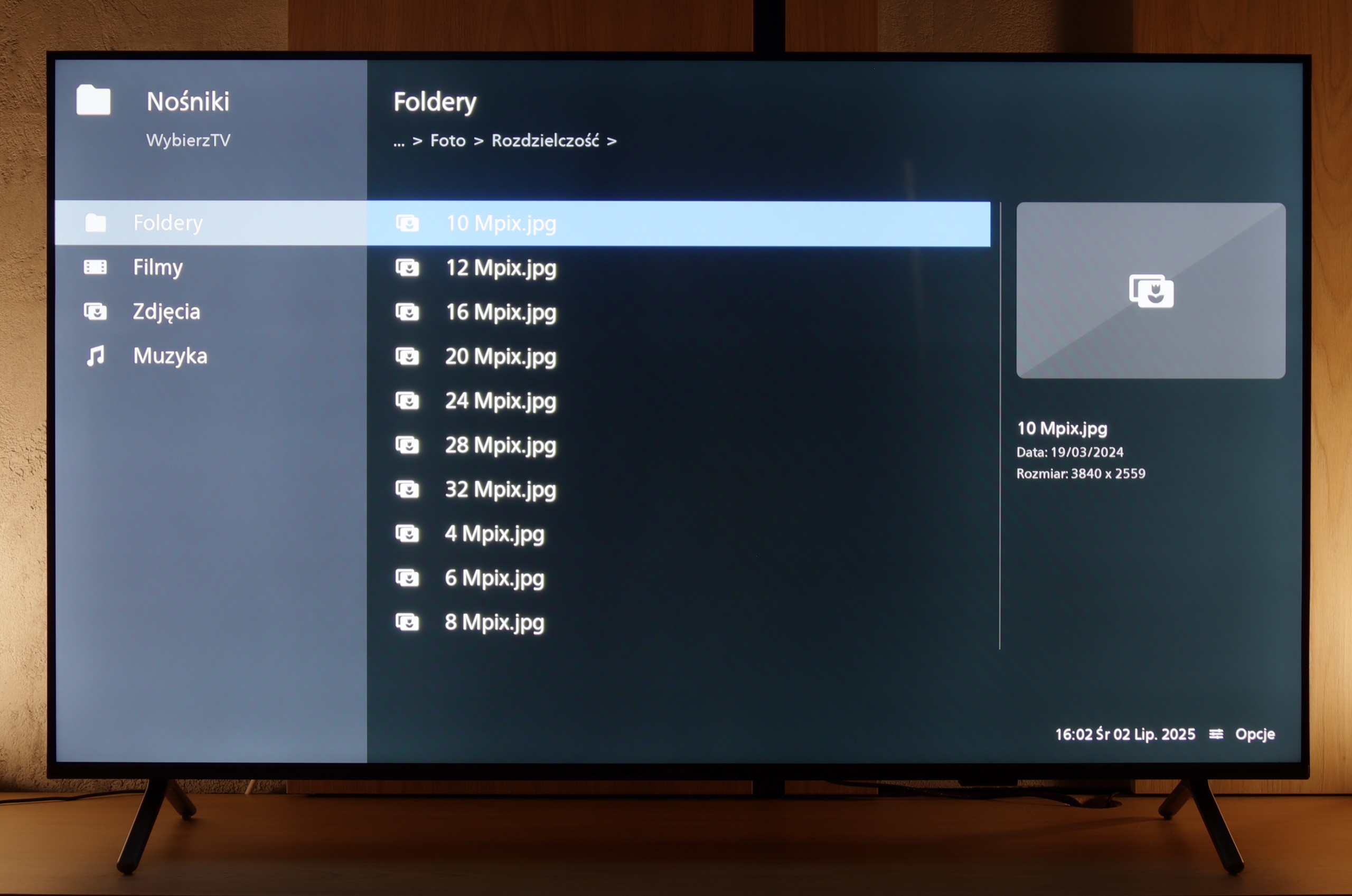
The built-in player Samsung Q70D is one of its major advantages. It handled almost all video and audio files prepared for the testing process excellently. The only exceptions in this regard are, of course, the Dolby Vision format (which is not surprising) and less popular codecs. Additionally, credit should be given for the support of Polish characters and the ability to change font colours. However, it performs worse with photo formats, as it only supports JPEG among the popular ones. There is definitely a lack of formats such as PNG or Apple's HEIC.
The PUS8560 handles the playback of most popular video and audio formats from a USB memory stick without any major issues, so there’s no point in detailing the compatibilities one by one. In everyday use, it should simply work – and it does. The only thing worth noting is the handling of images. Although the television easily recognises popular file extensions, there are instances when some images simply do not display when the graphic files have very high resolutions. This may not be a huge problem, but it’s good to keep it in mind, especially if we want to view photographs straight from the camera. Apart from that, the PUS8560 shouldn’t pose any significant issues with playing files from USB.
Apps
8.7/10
4.6/10














































Sound
6.3/10
6.2/10
- Subjective sound quality:6.3/106.2/10
- Dolby Digital Plus 7.1:
- Dolby True HD 7.1:
- Dolby Atmos in Dolby Digital Plus (JOC):
- Dolby Atmos in Dolby True HD:
- DTS:X in DTS-HD MA:
- DTS-HD Master Audio:
The built-in audio system Samsung Q70D, due to its slim design, is not among the most outstanding. The overall sound is fairly balanced, although we wouldn't advise increasing the volume above 2/4 of the scale. However, if we have a home cinema system, a number of codecs await us, notably featuring the most important ones, namely DTS-HD Master Audio and Dolby Atmos.
The television sounds quite pleasant and can confidently be regarded as having sufficient sound levels for most users – both for watching everyday programmes and for an evening viewing of a series. Moreover, a pleasant surprise is that even in this budget-friendly series, Philips has chosen to acquire licenses for full audio formats such as Dolby Atmos and DTS. This is great news for owners of home cinemas and soundbars, as it means full compatibility and no need to "fiddle around" with connecting external devices.


